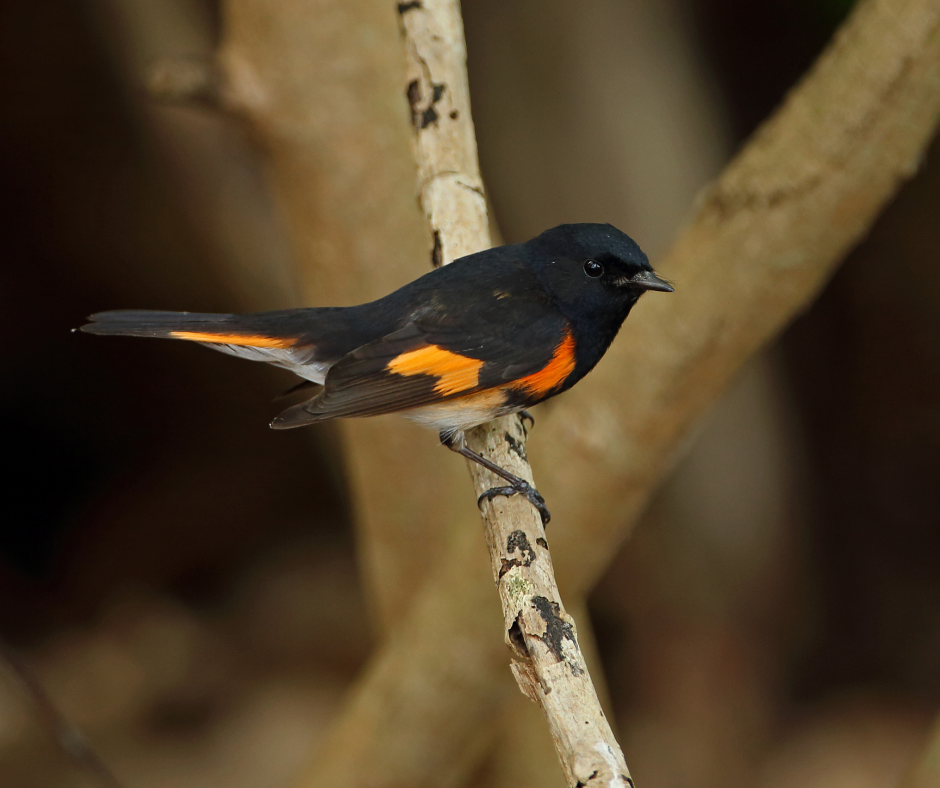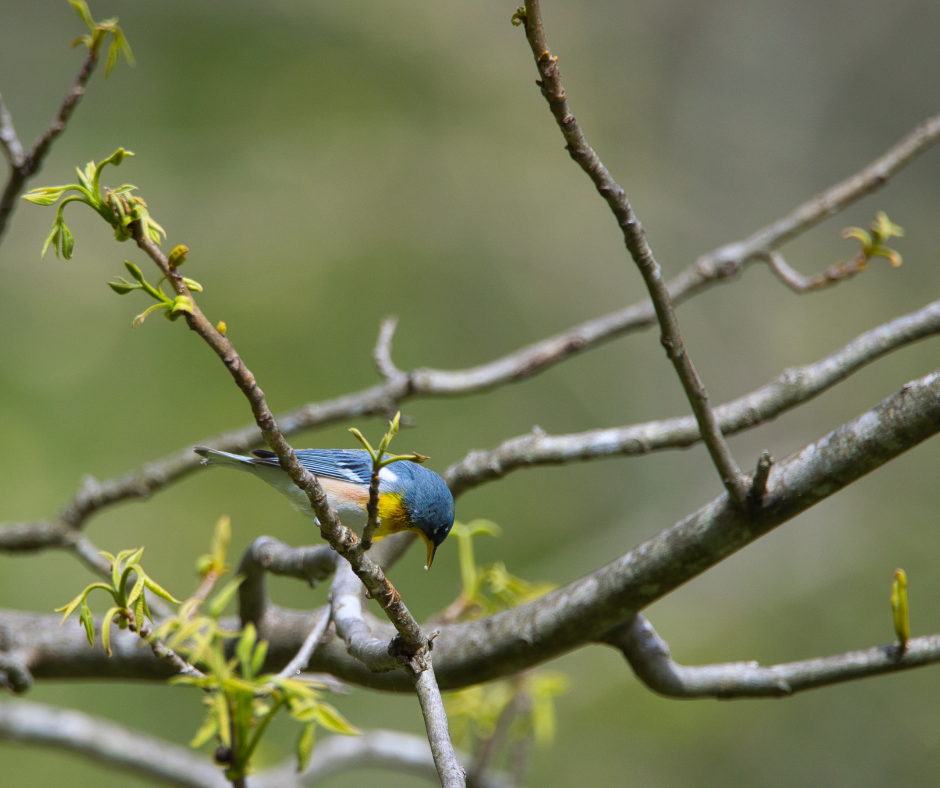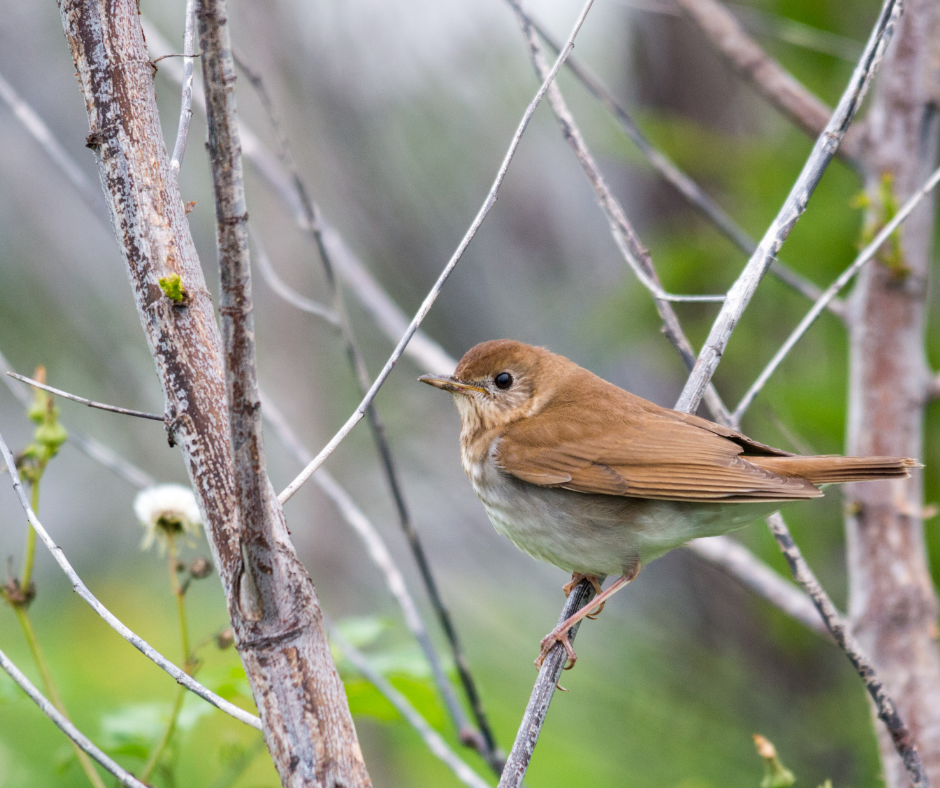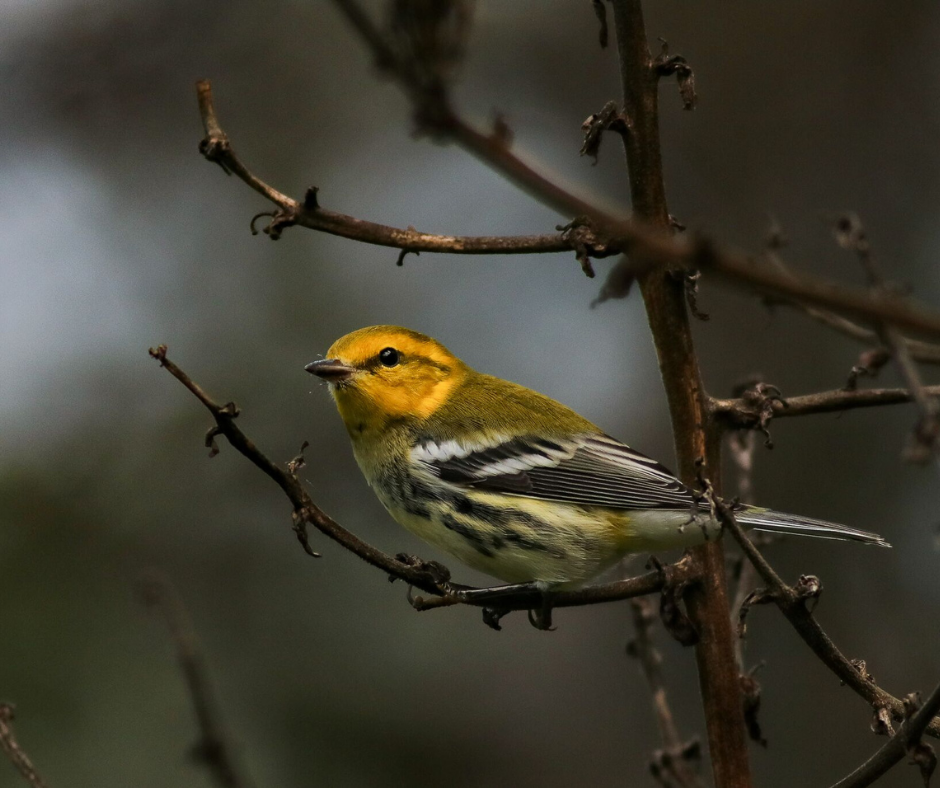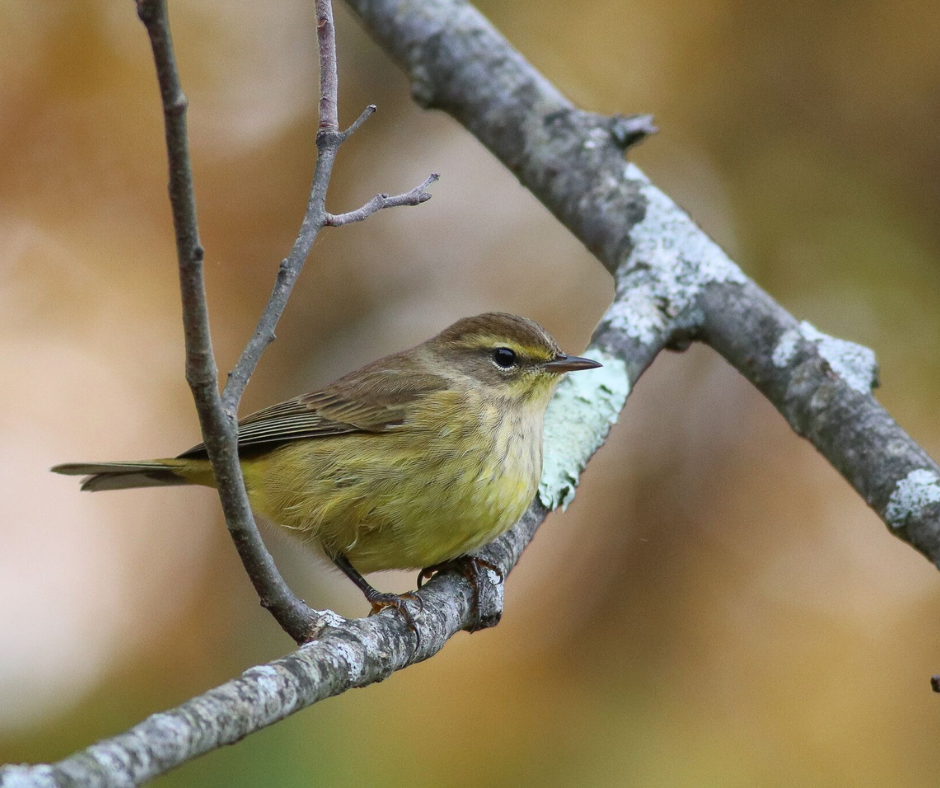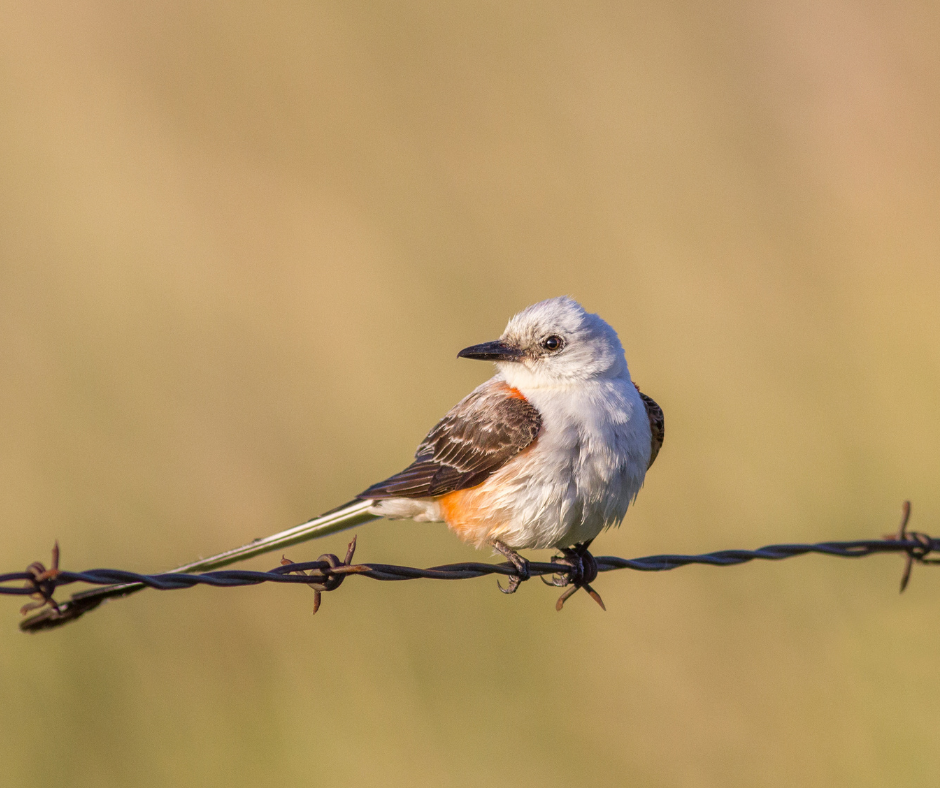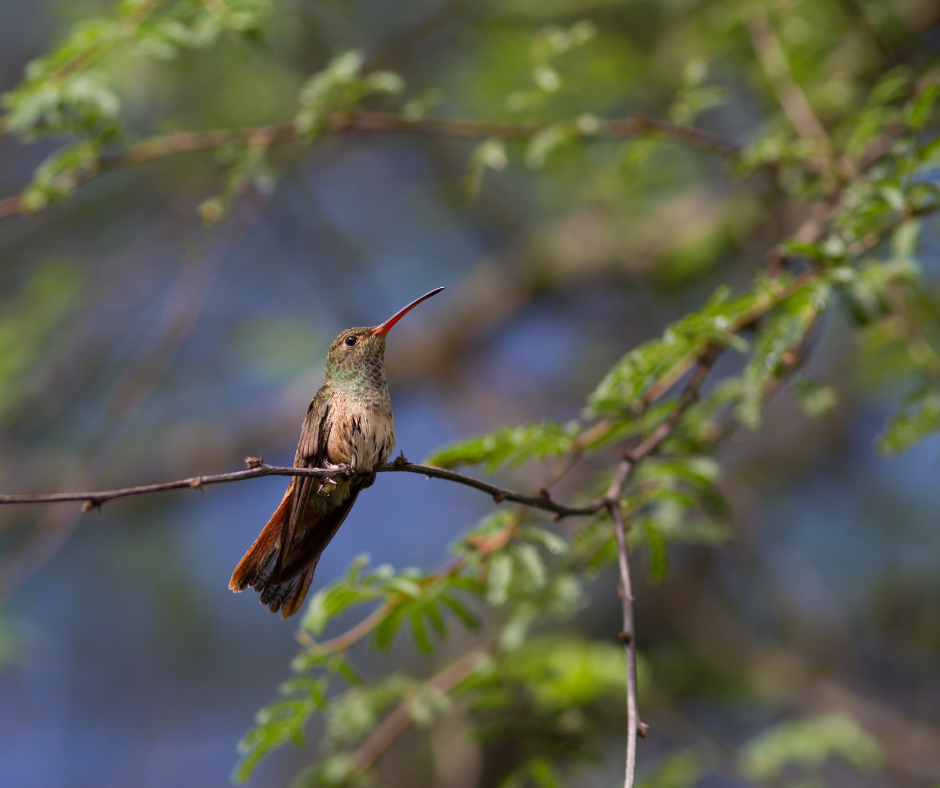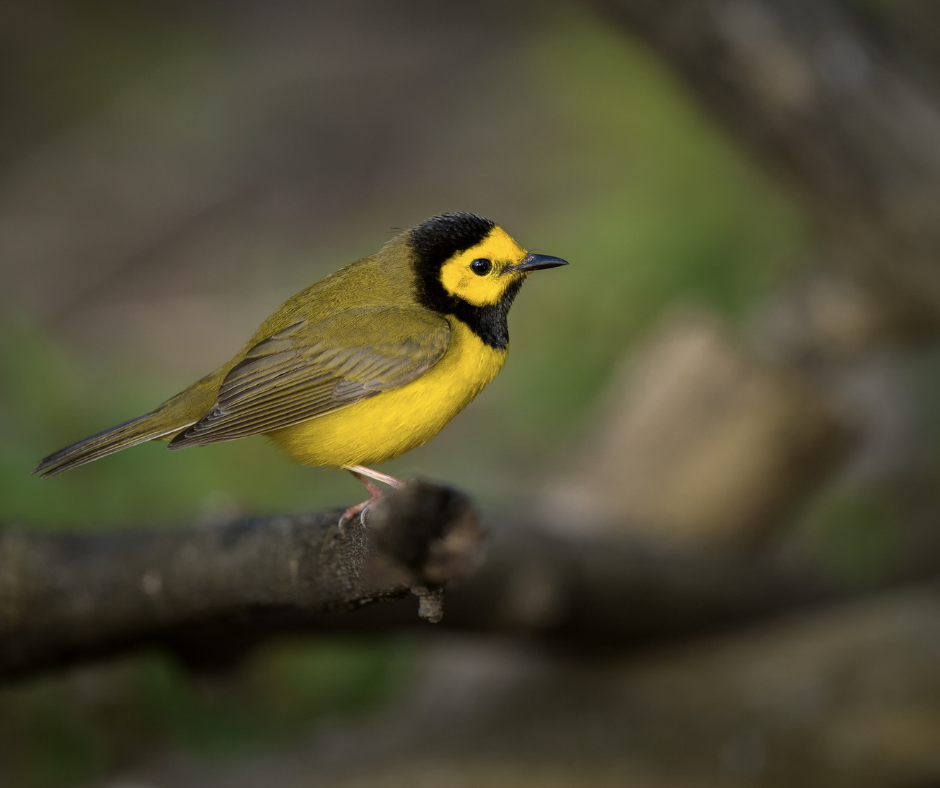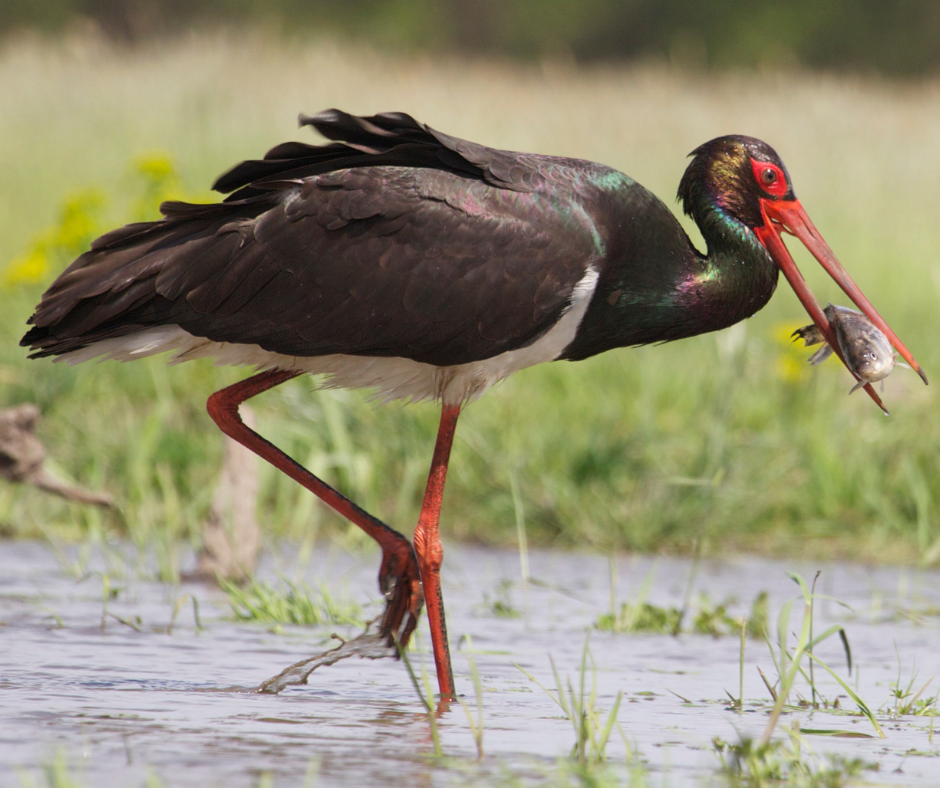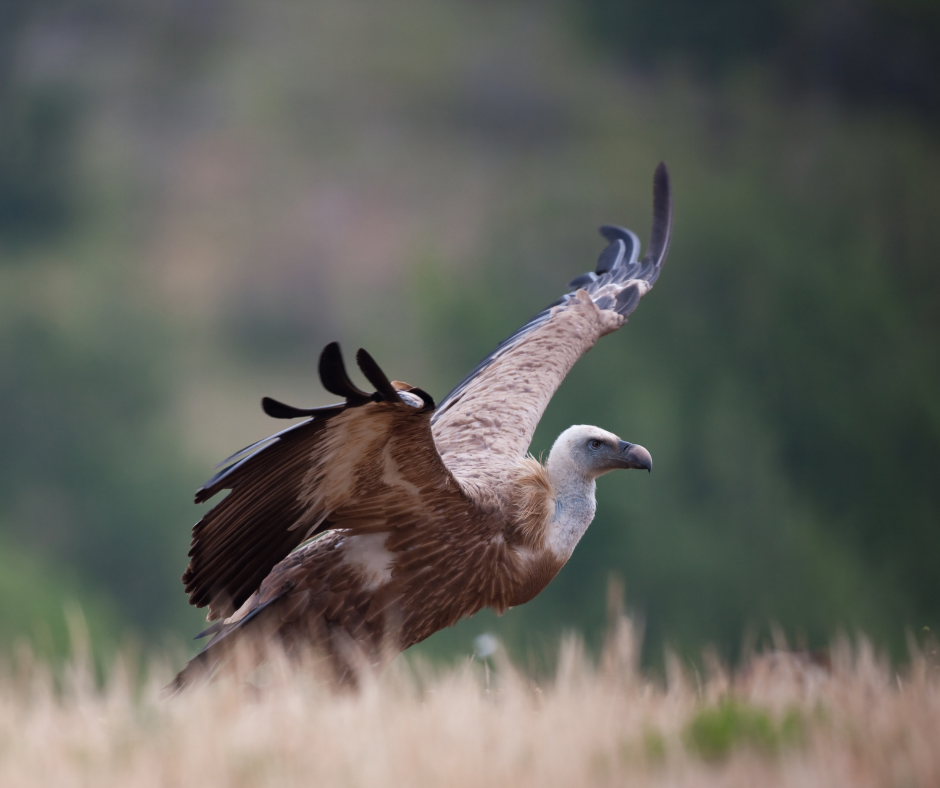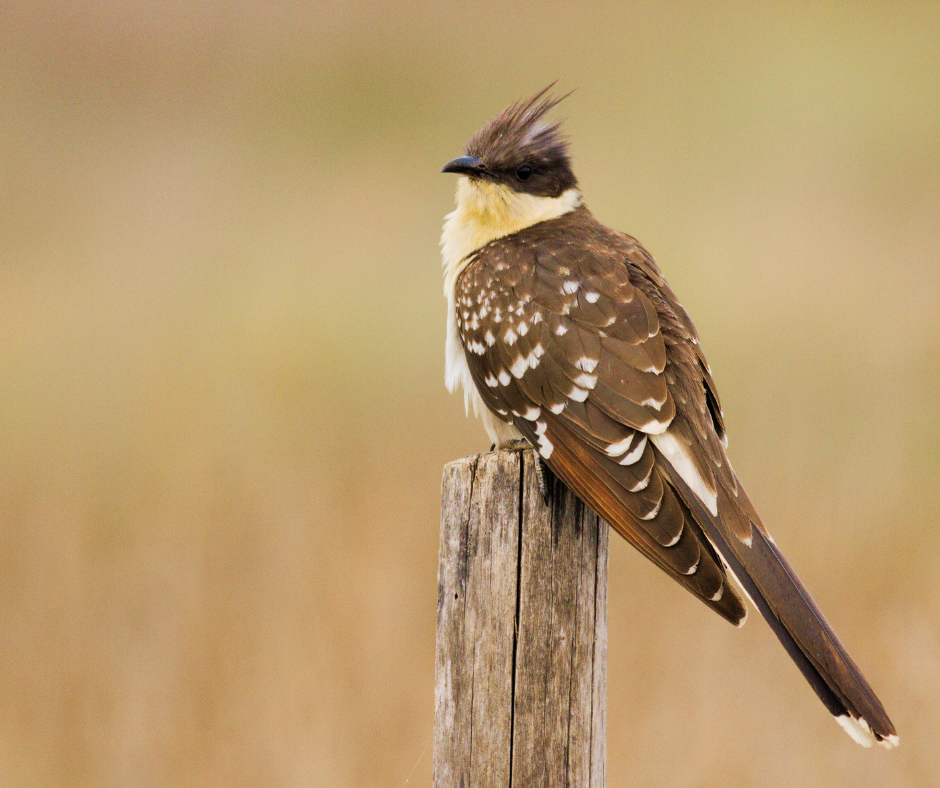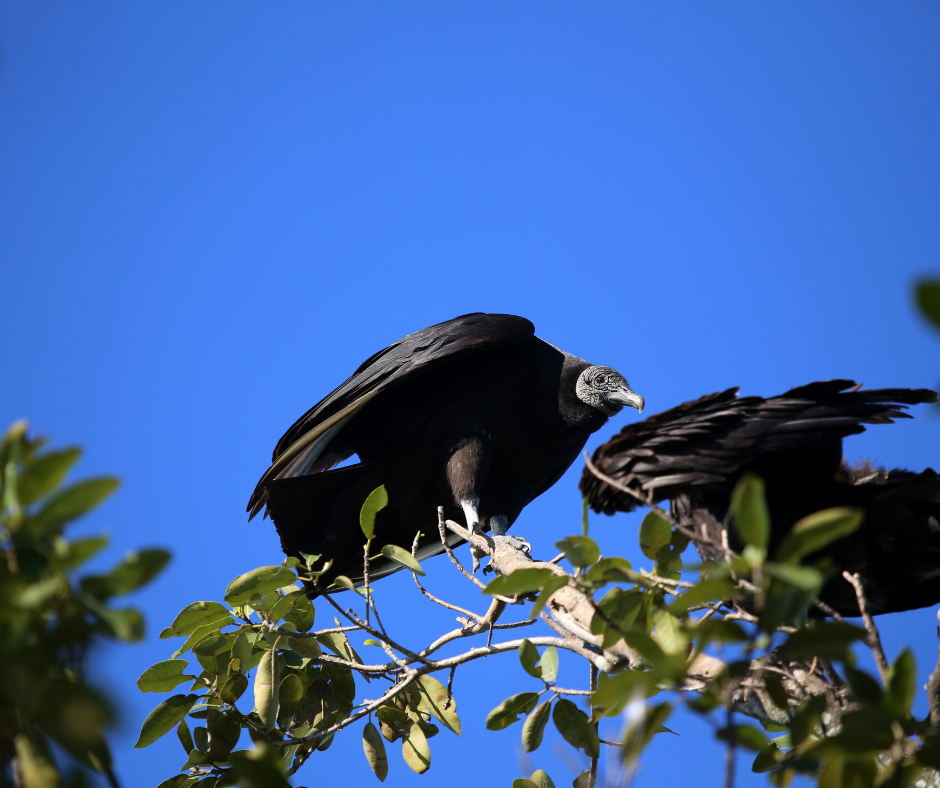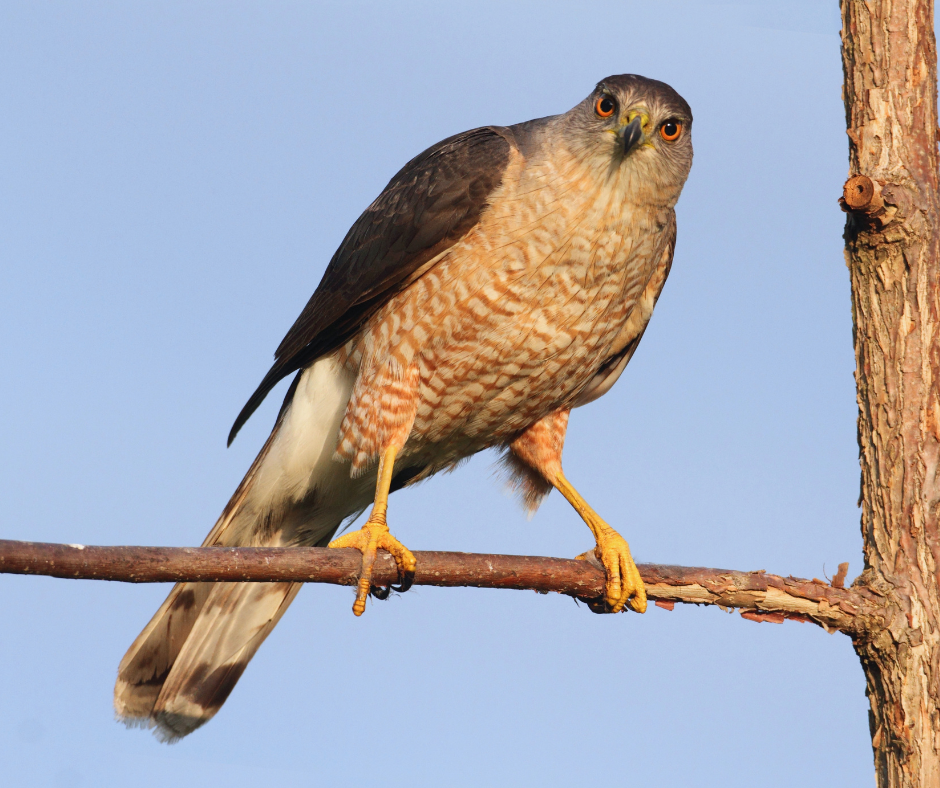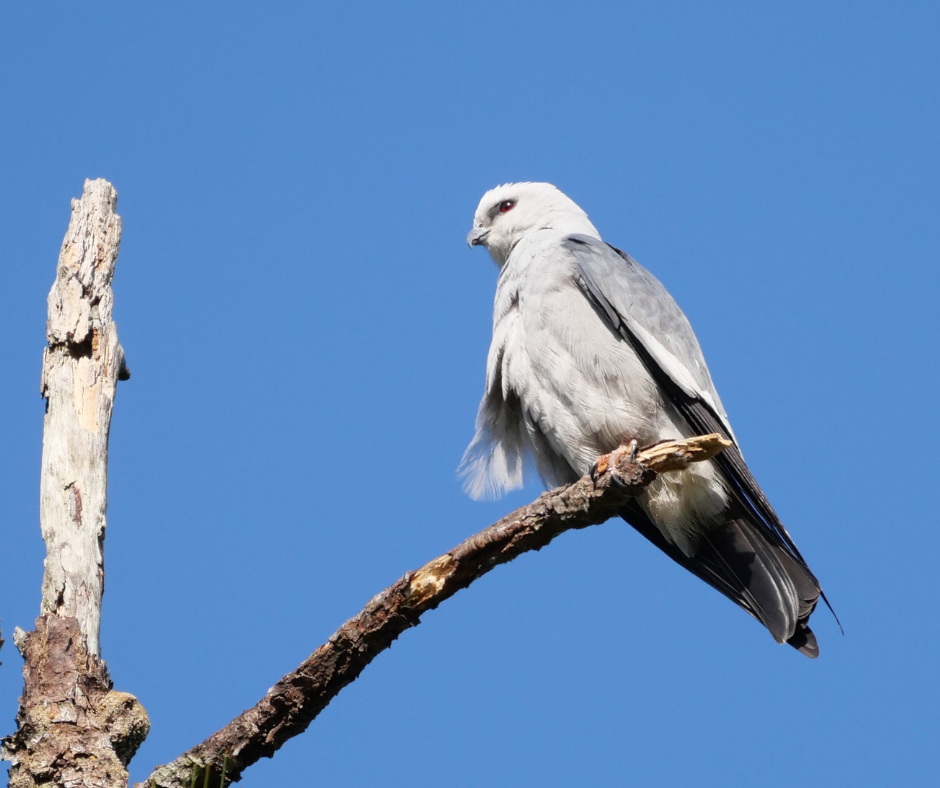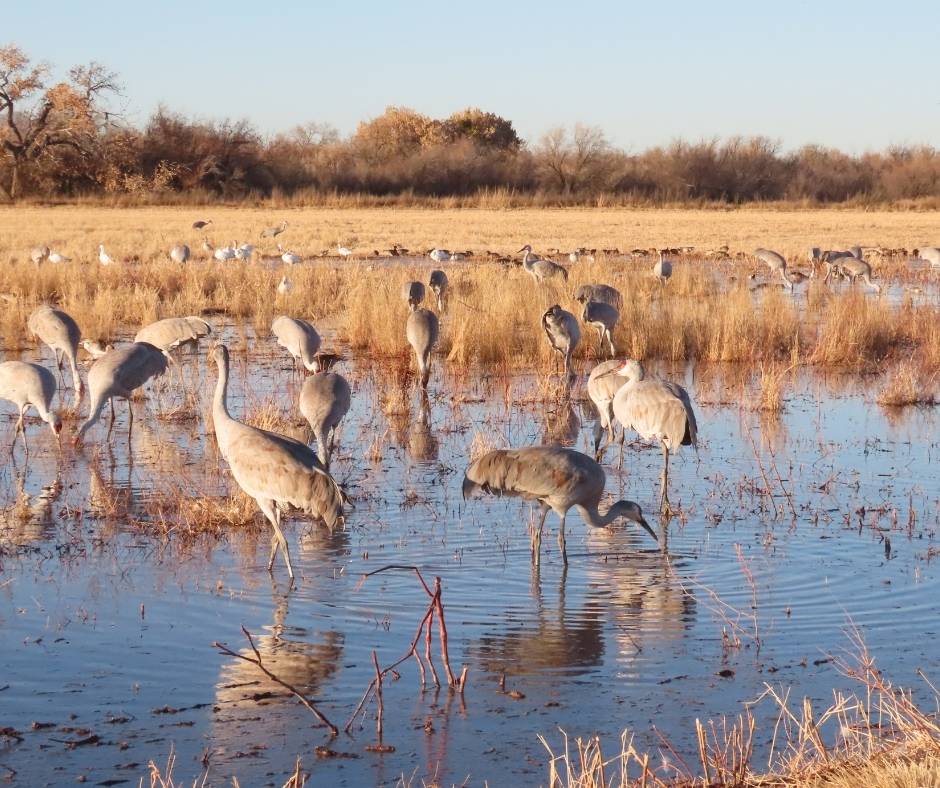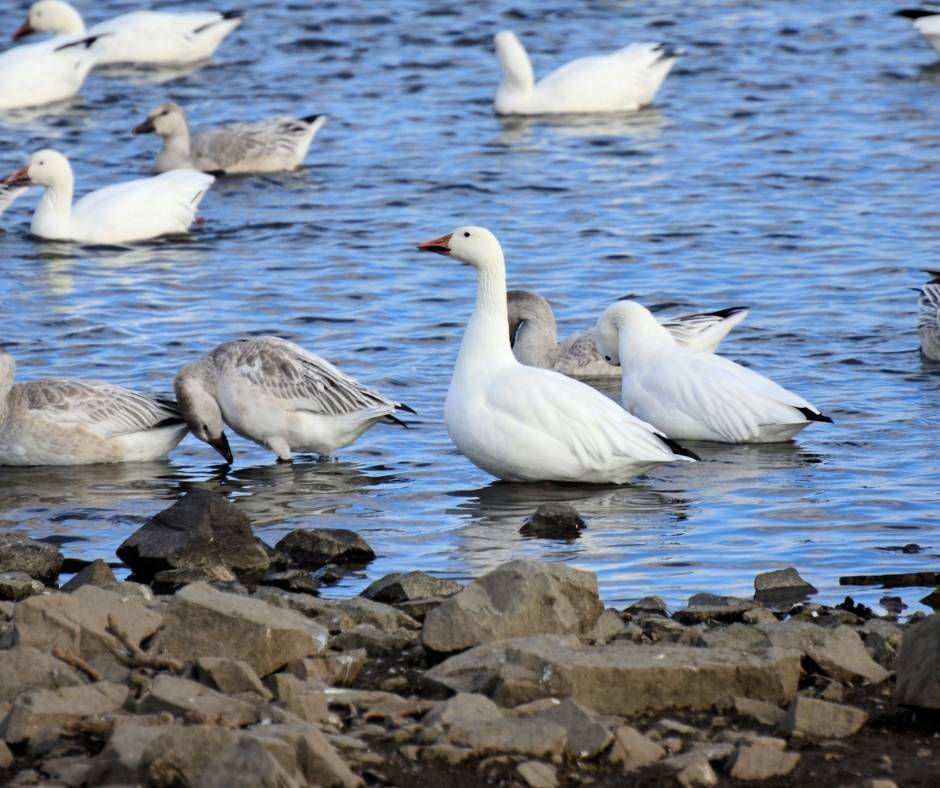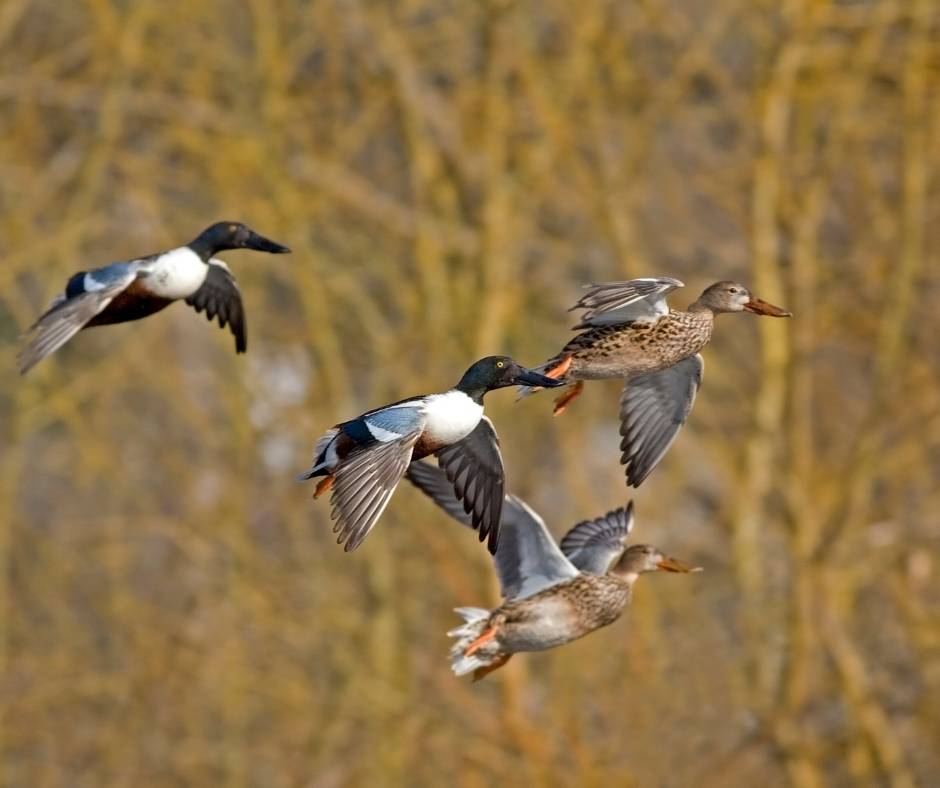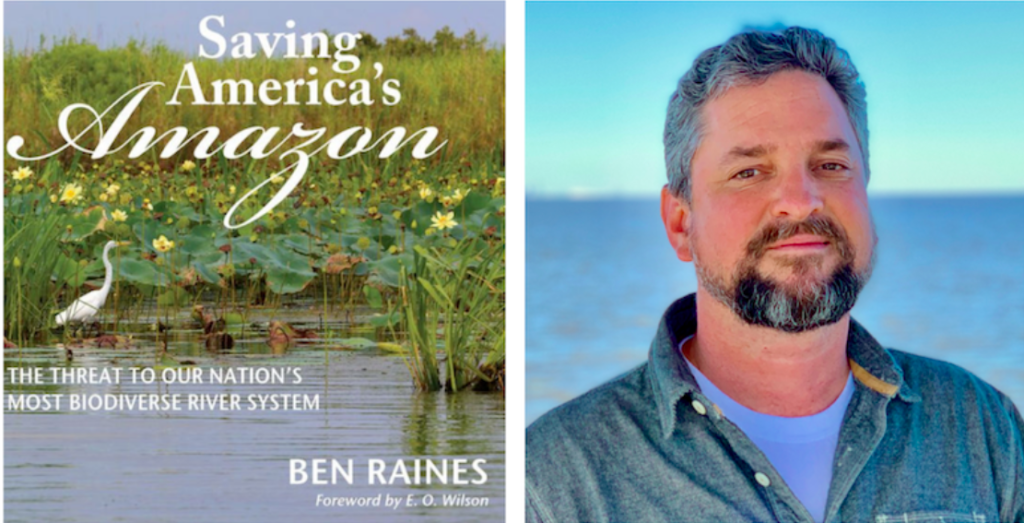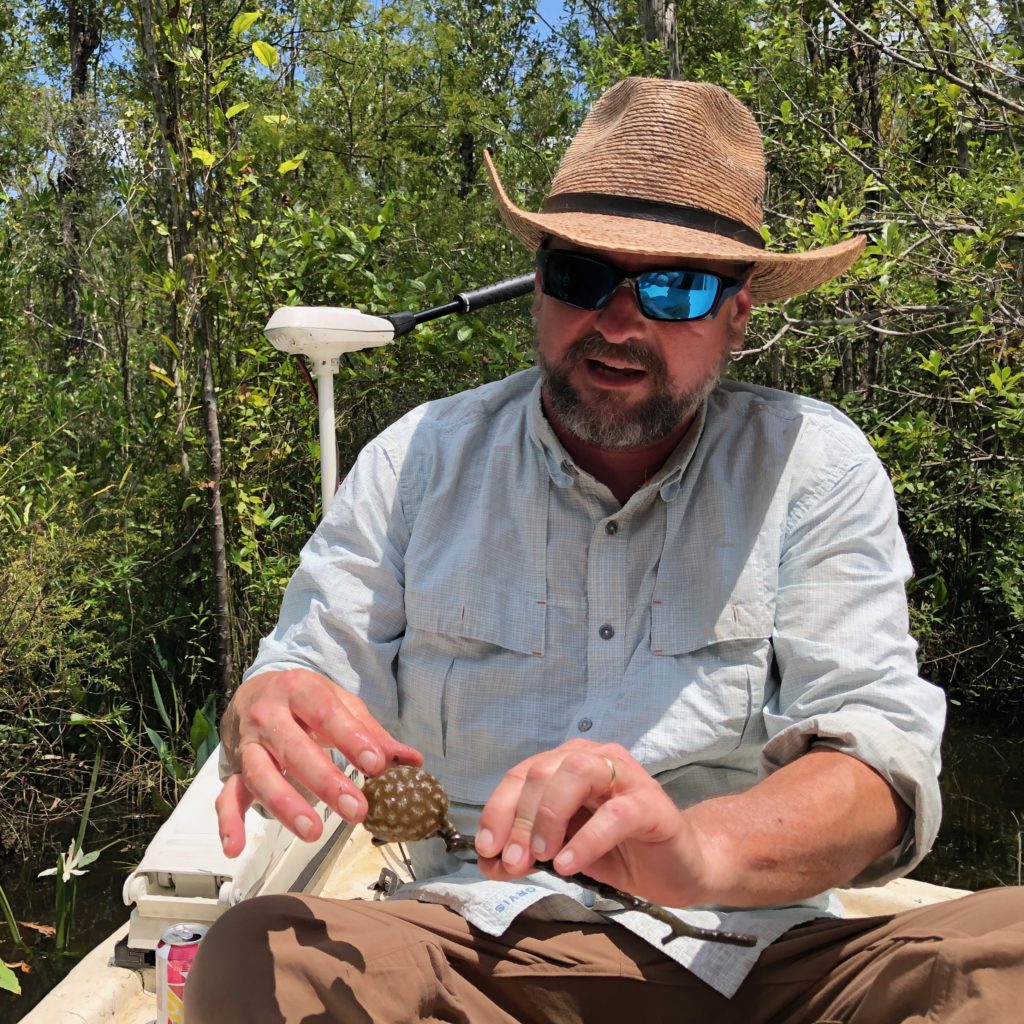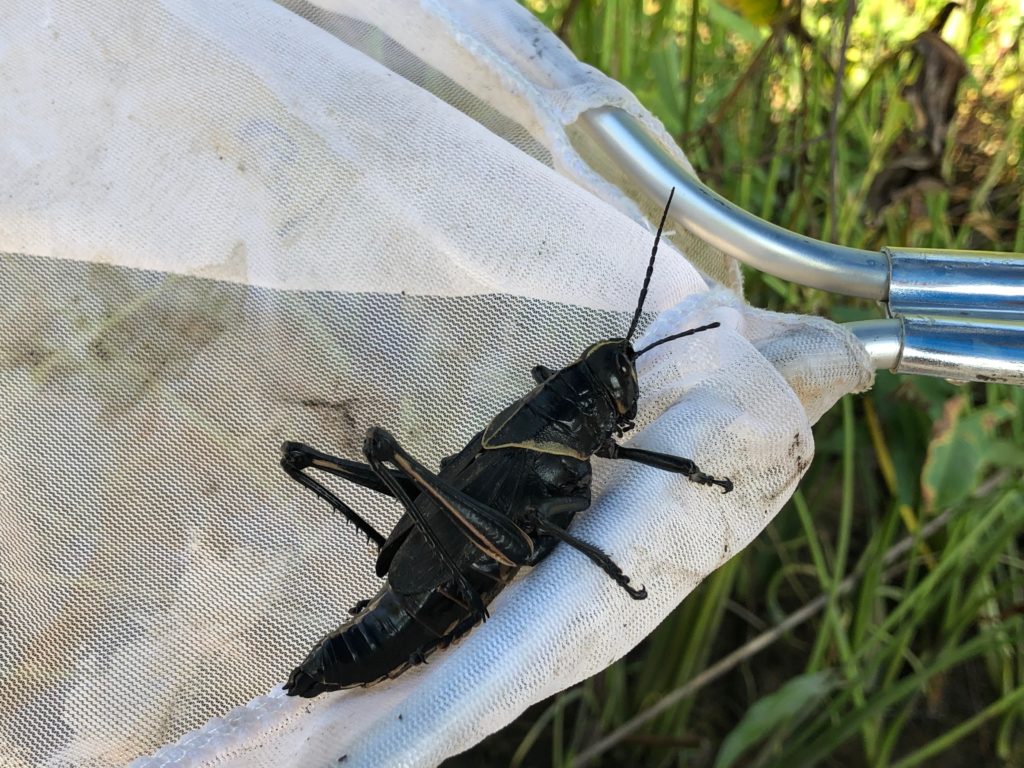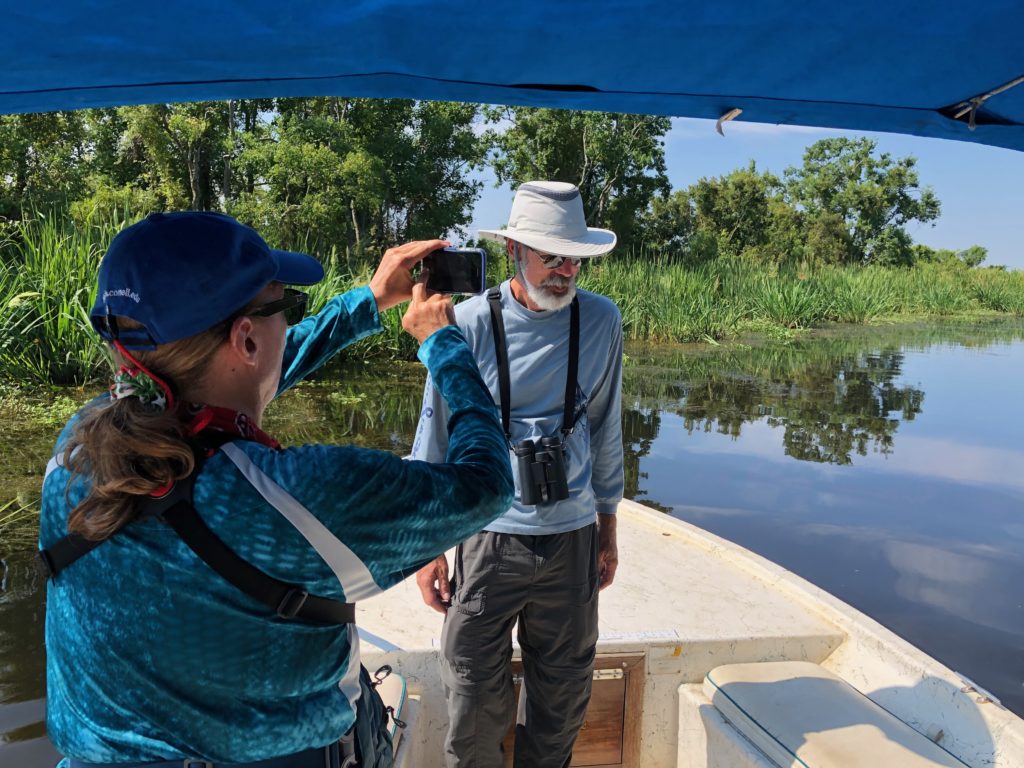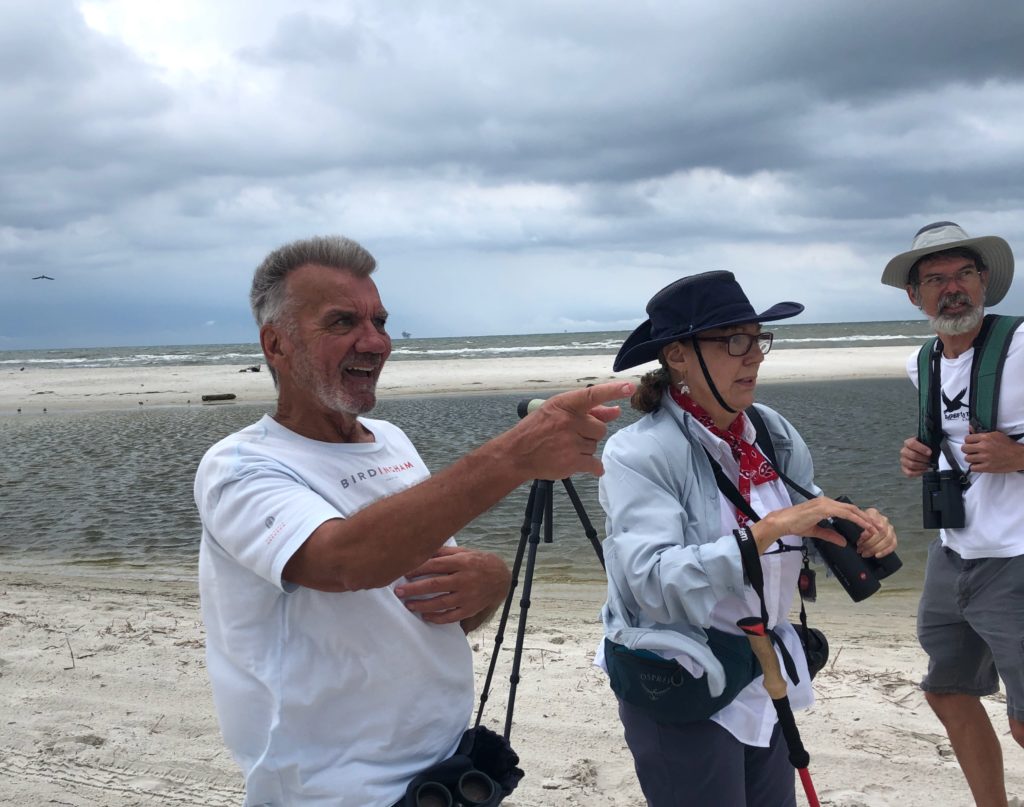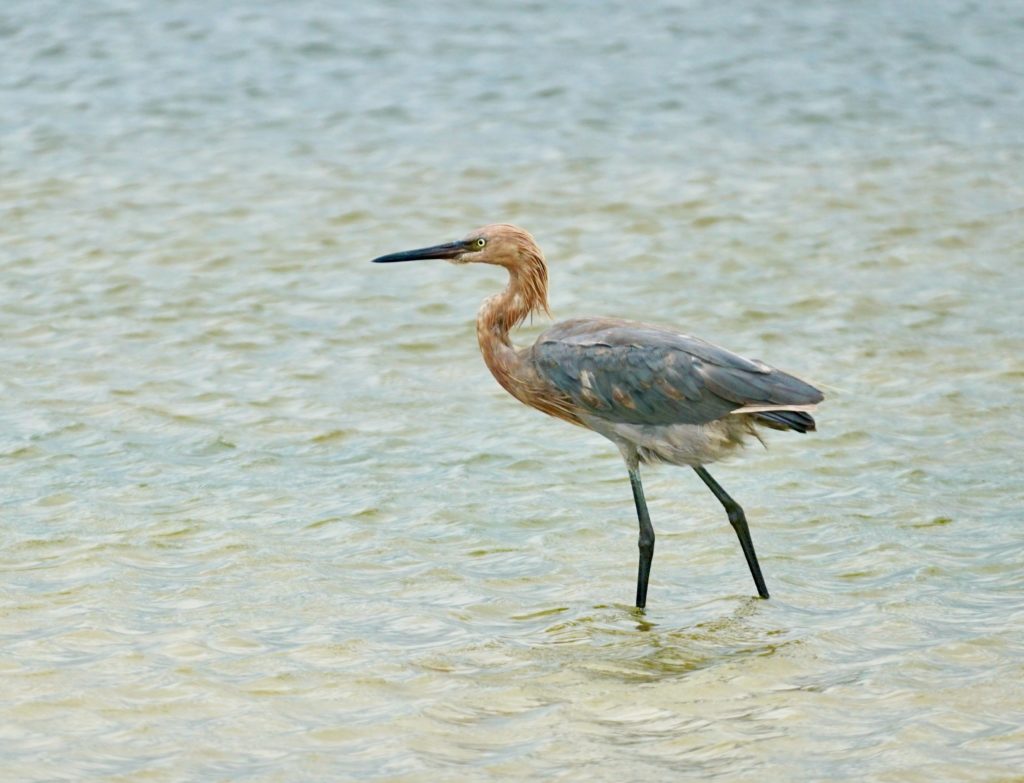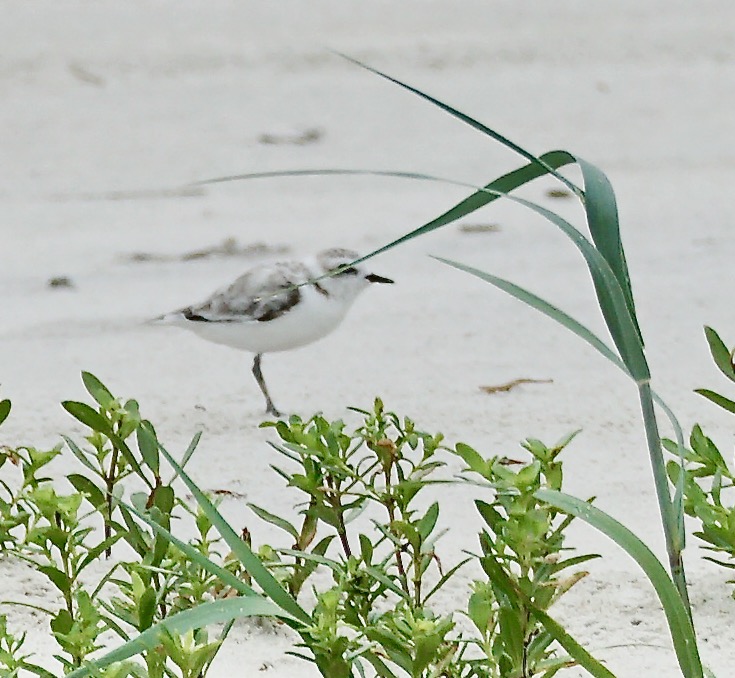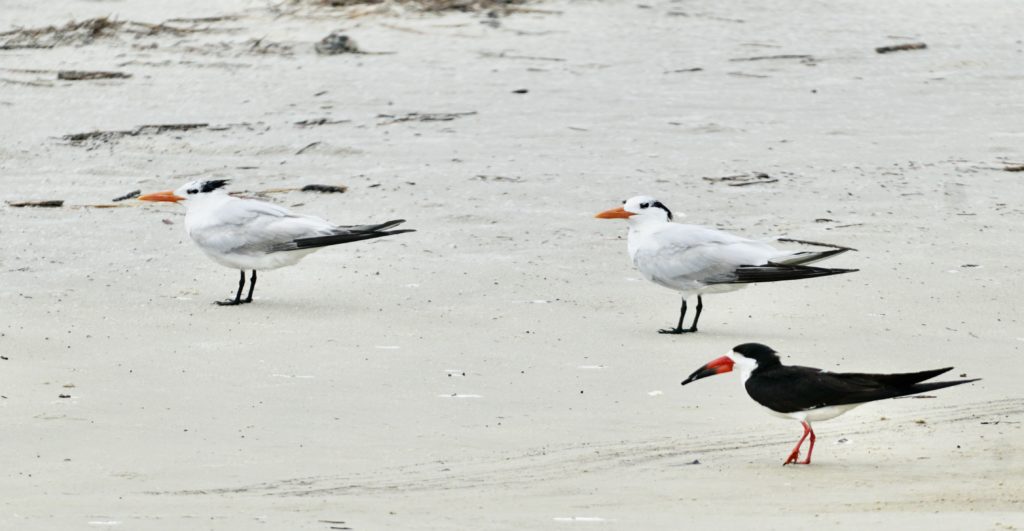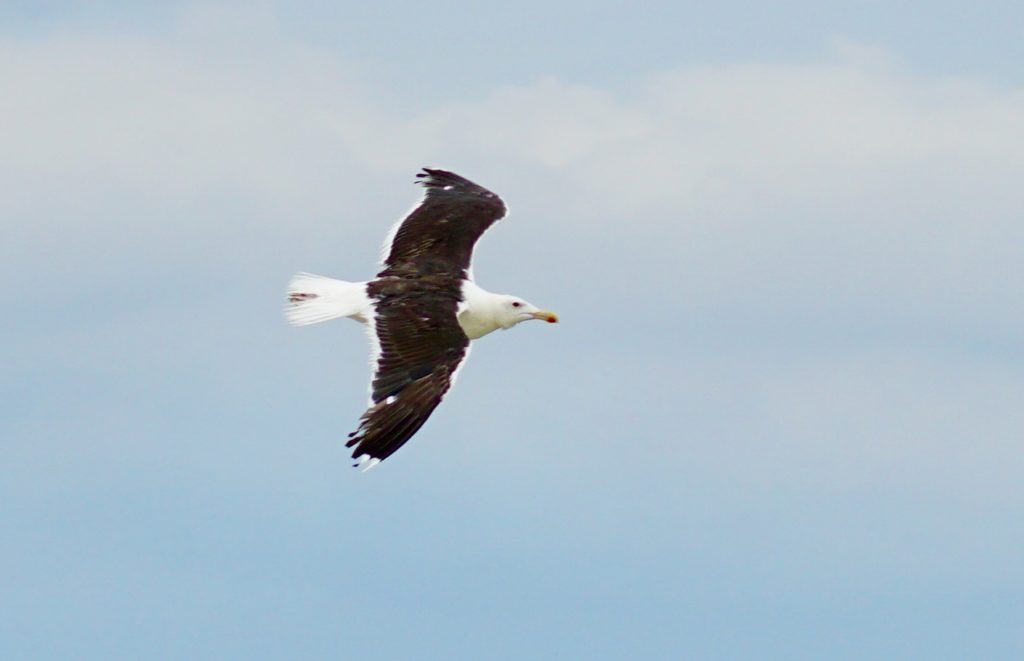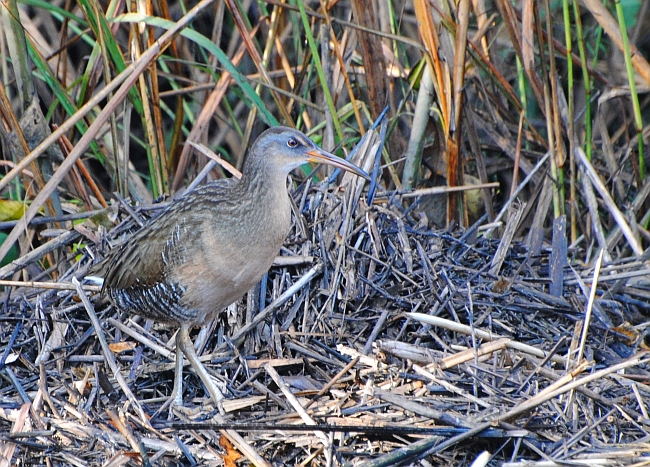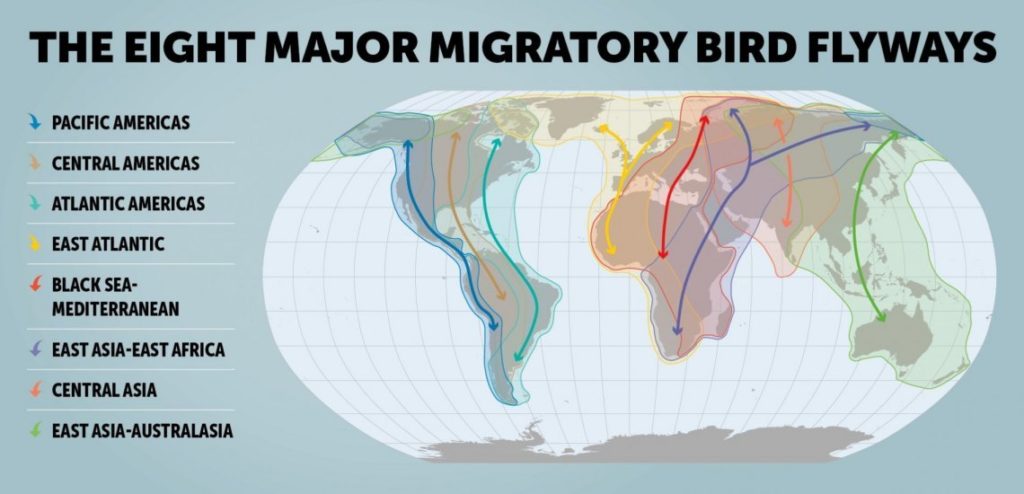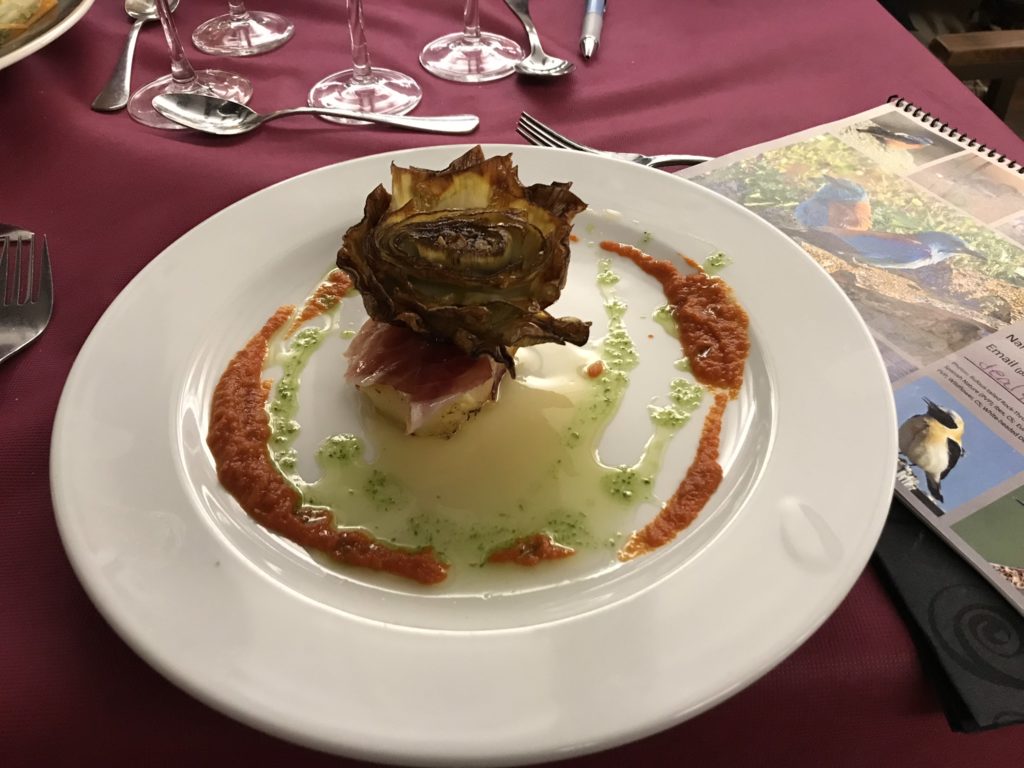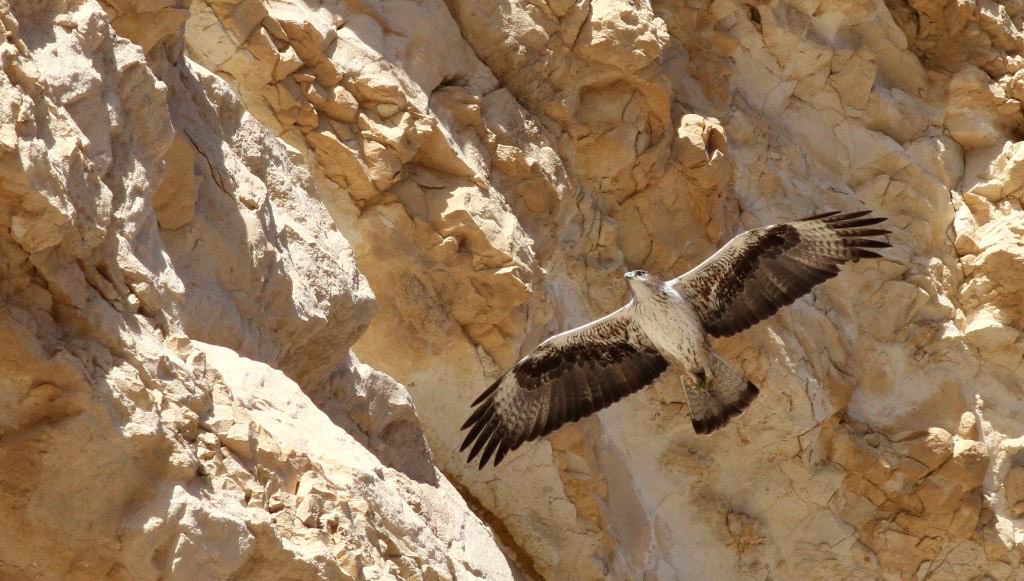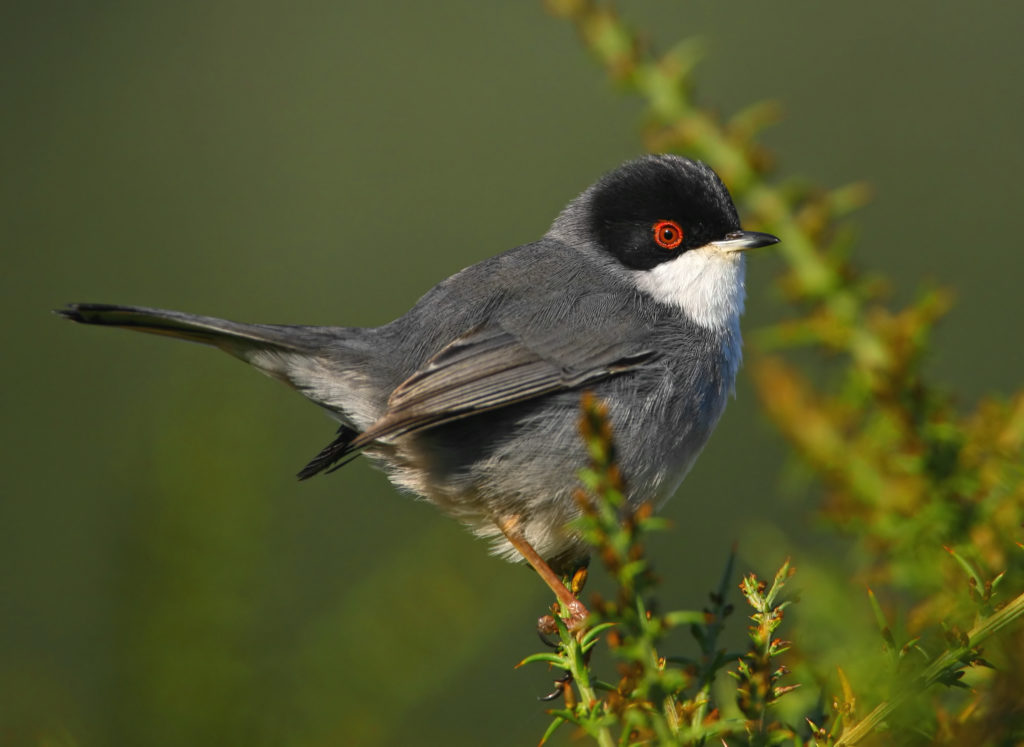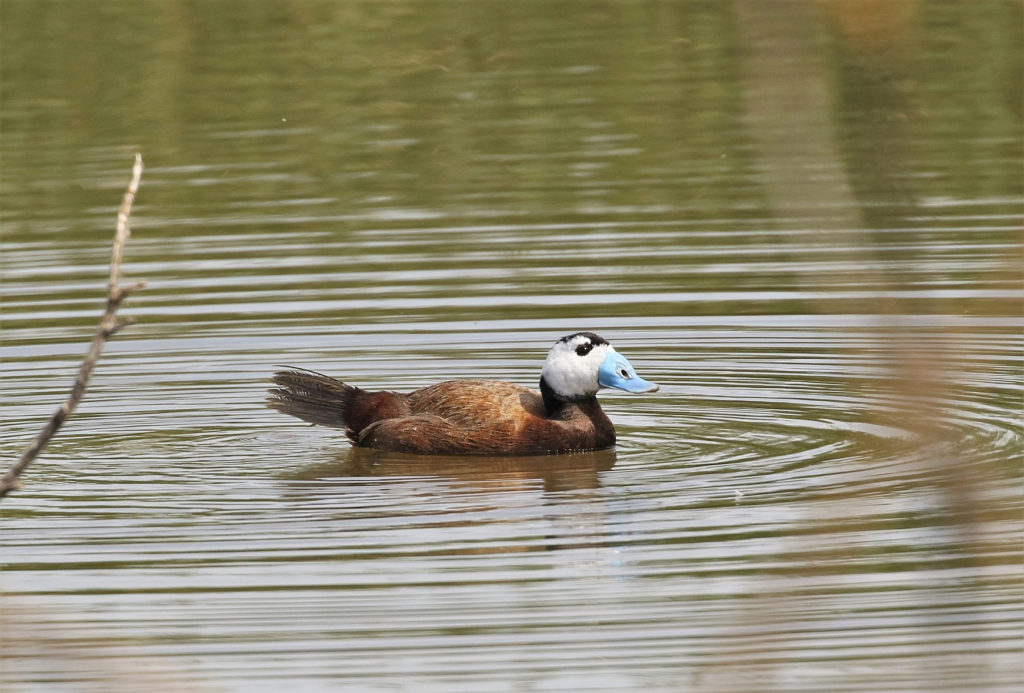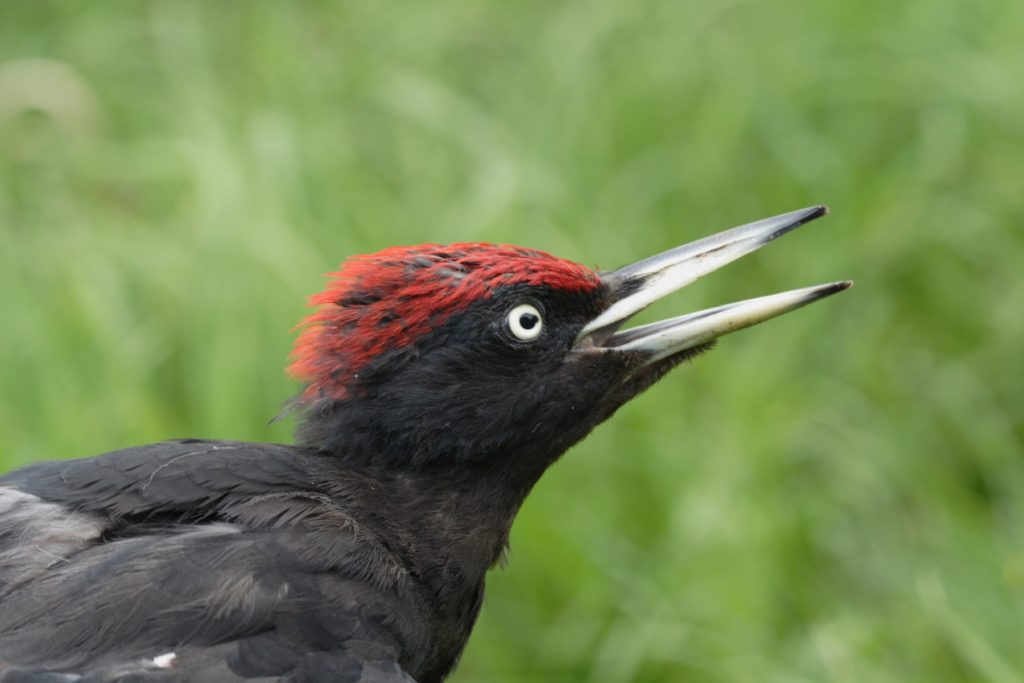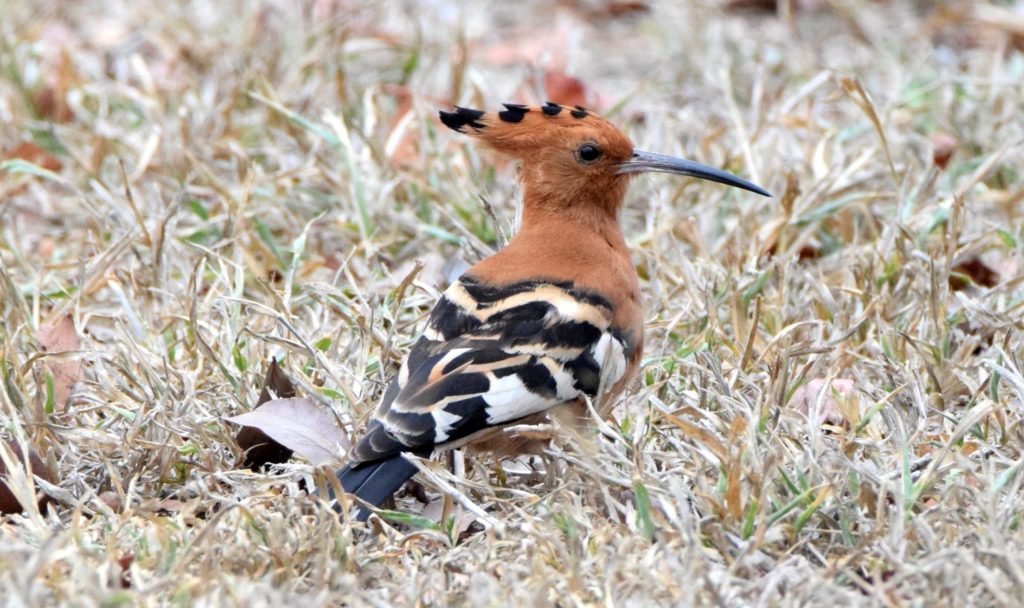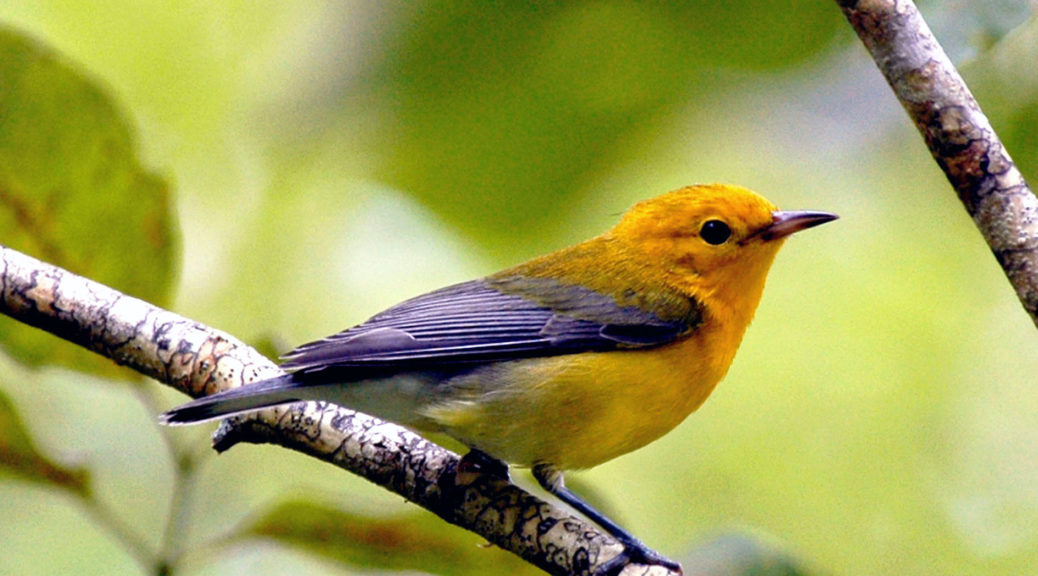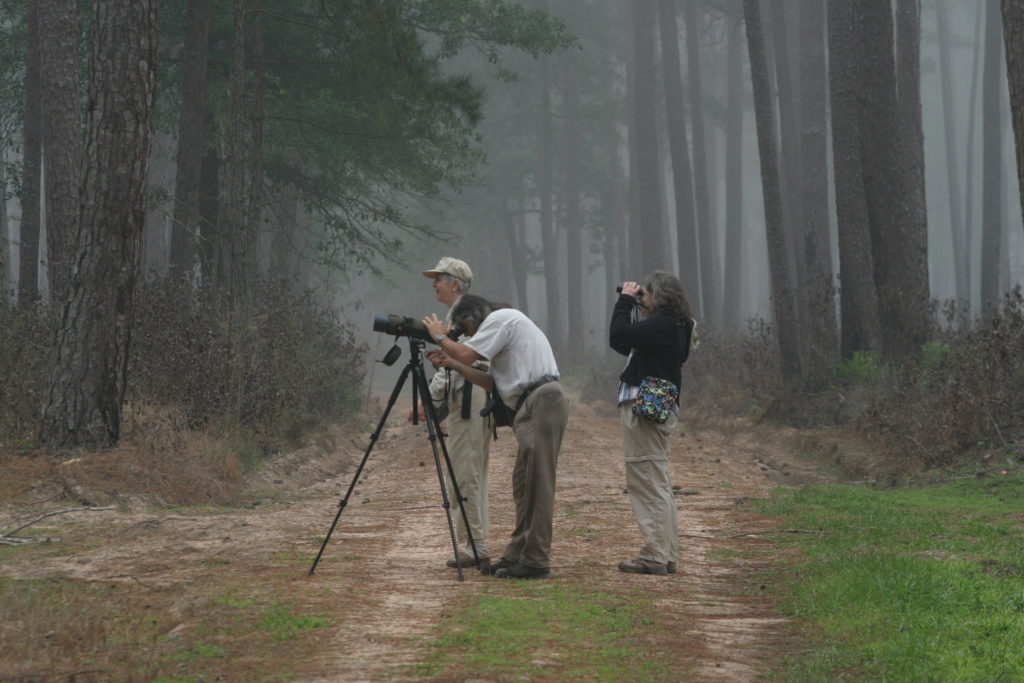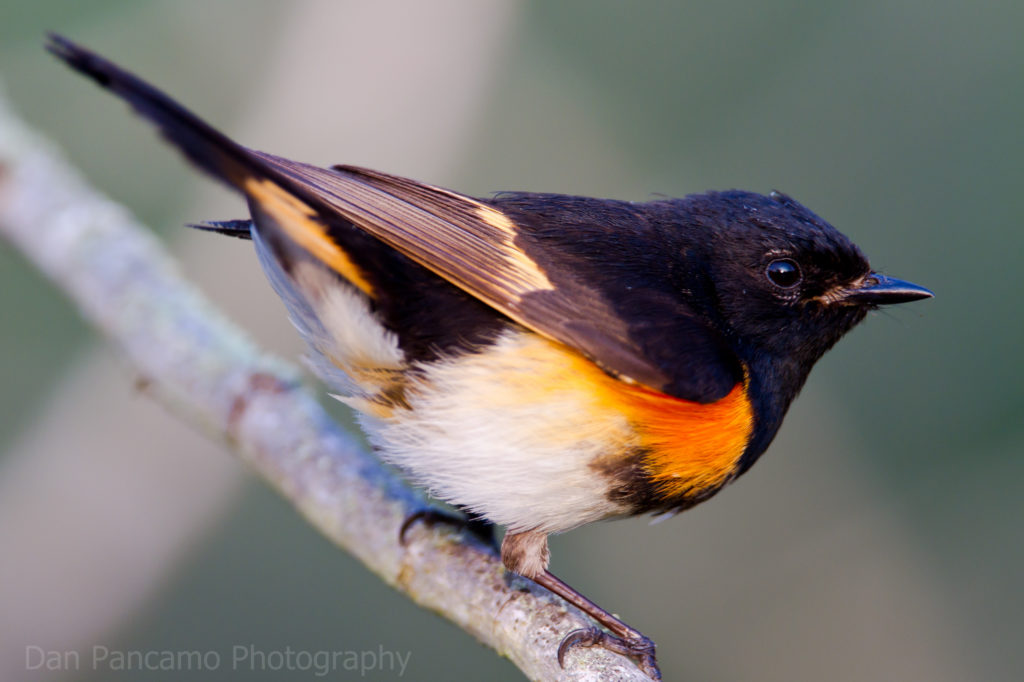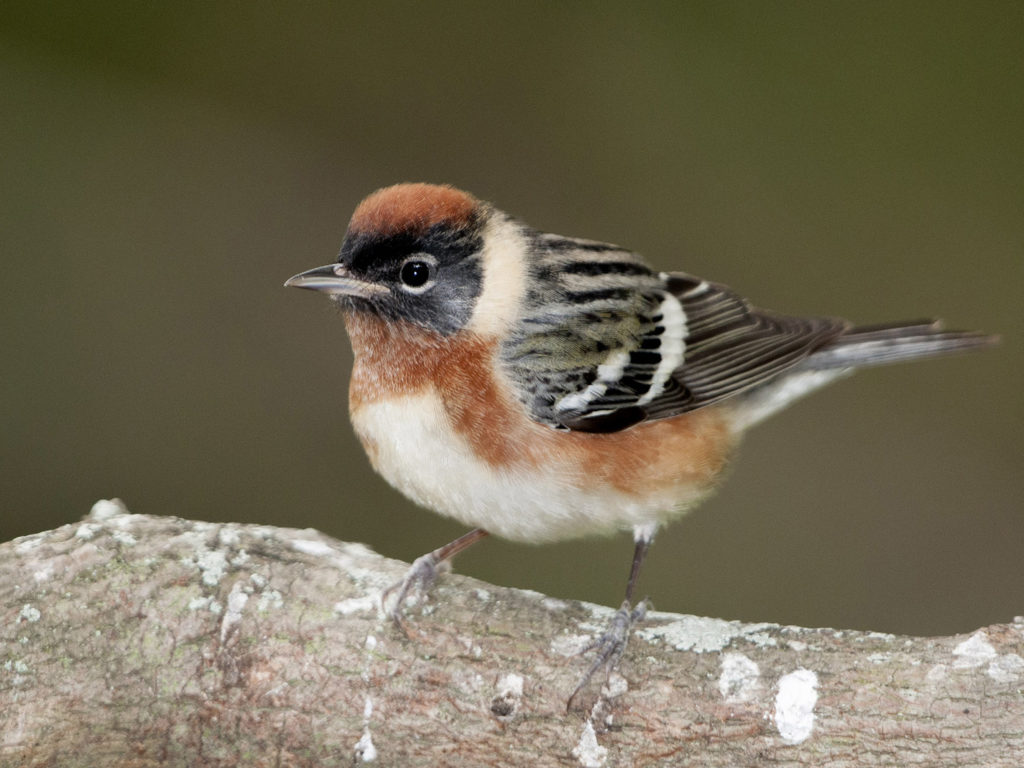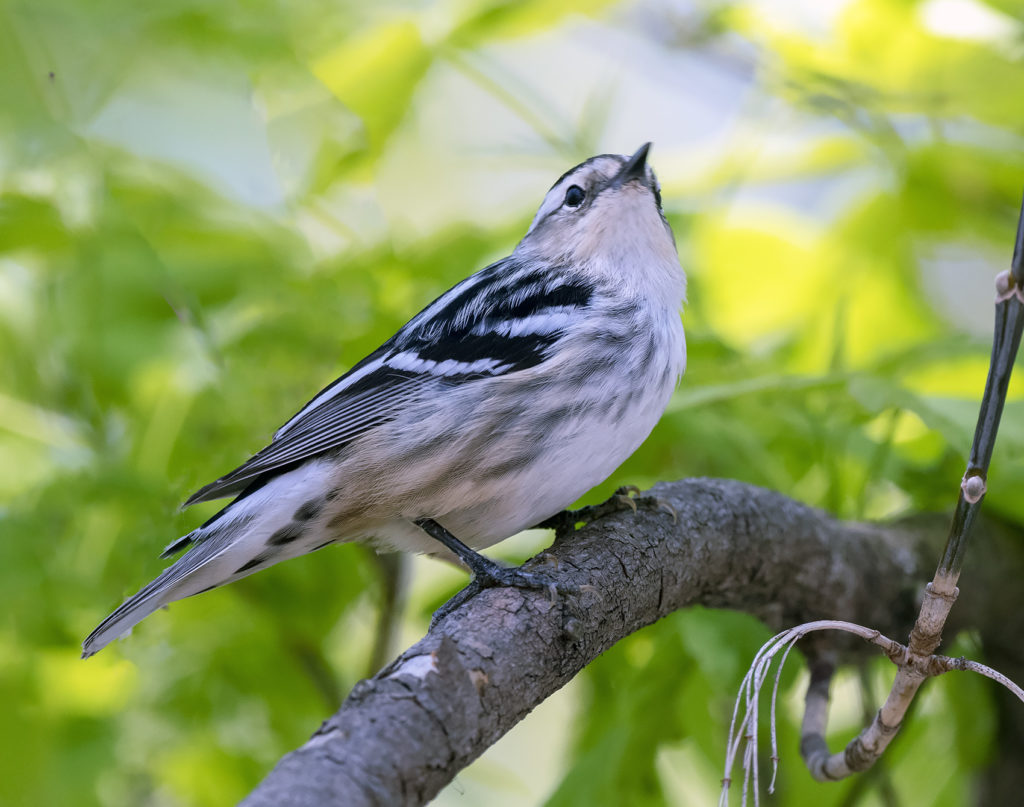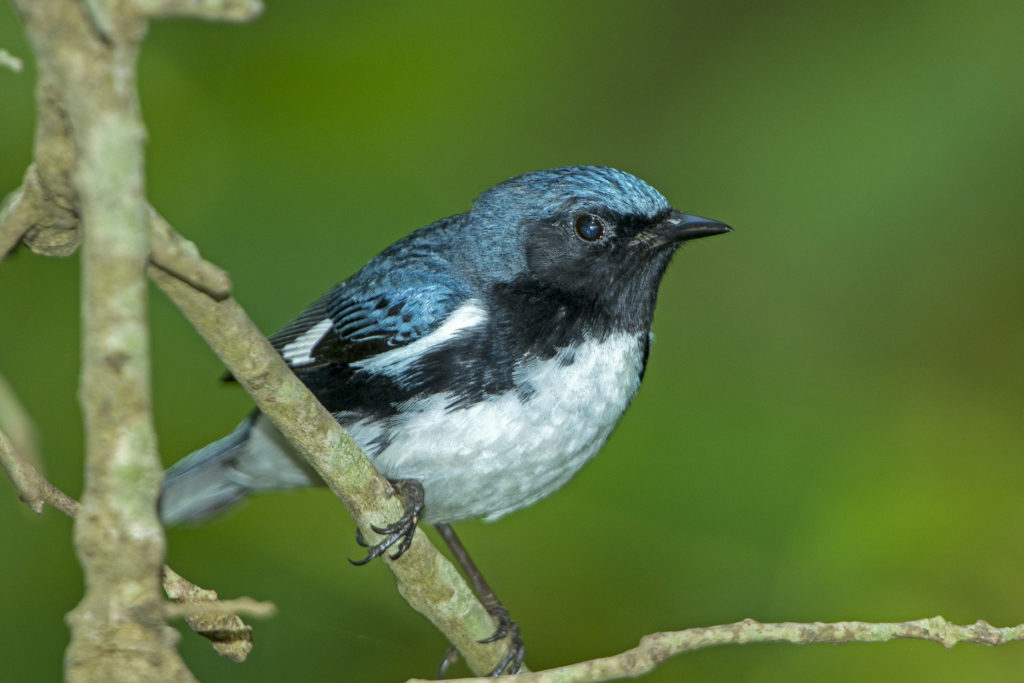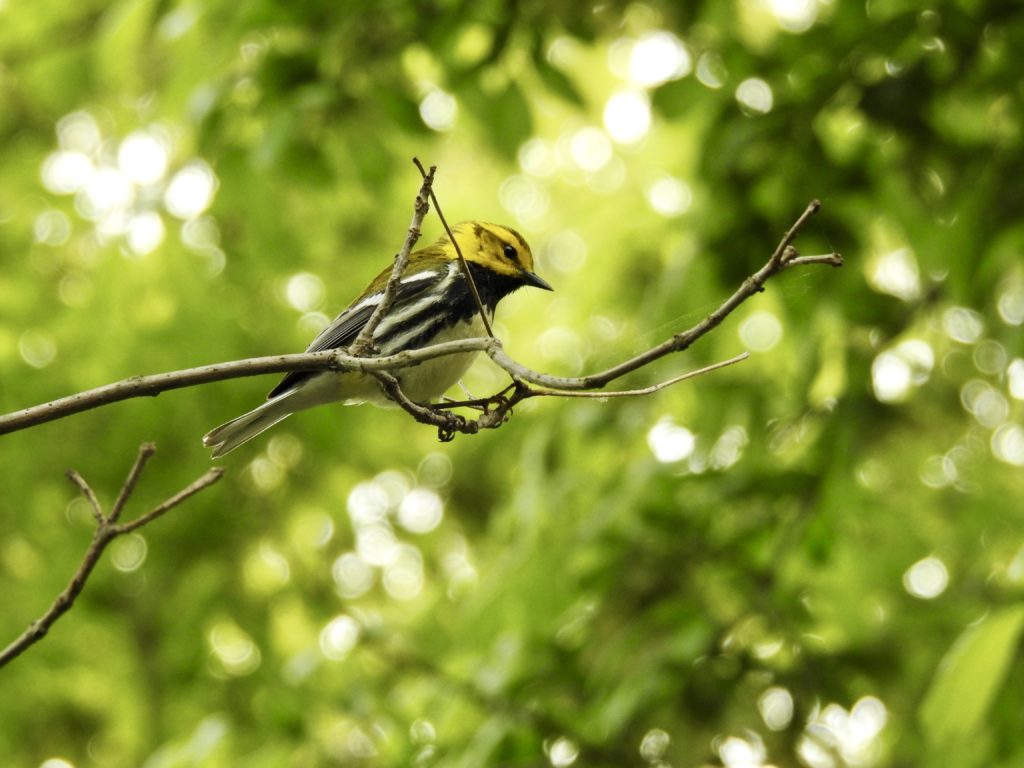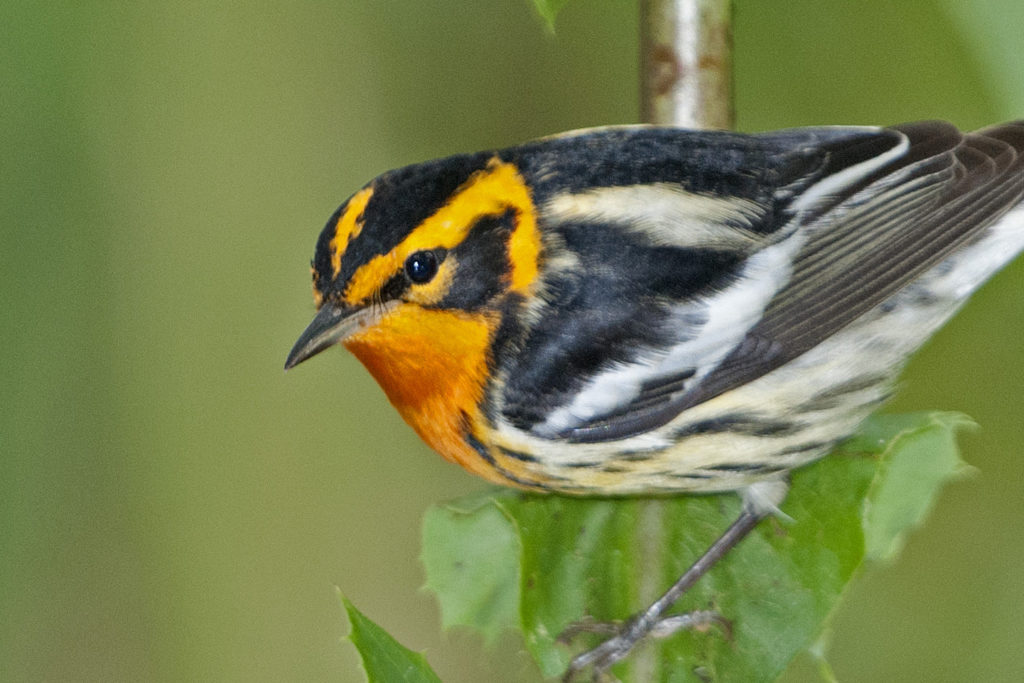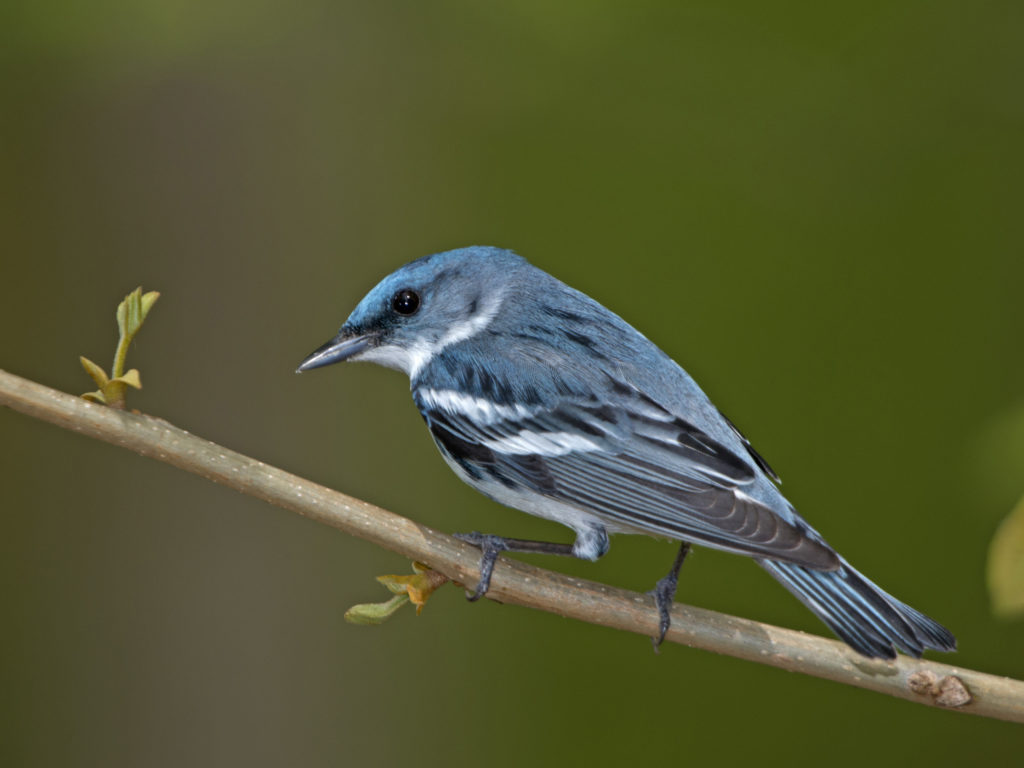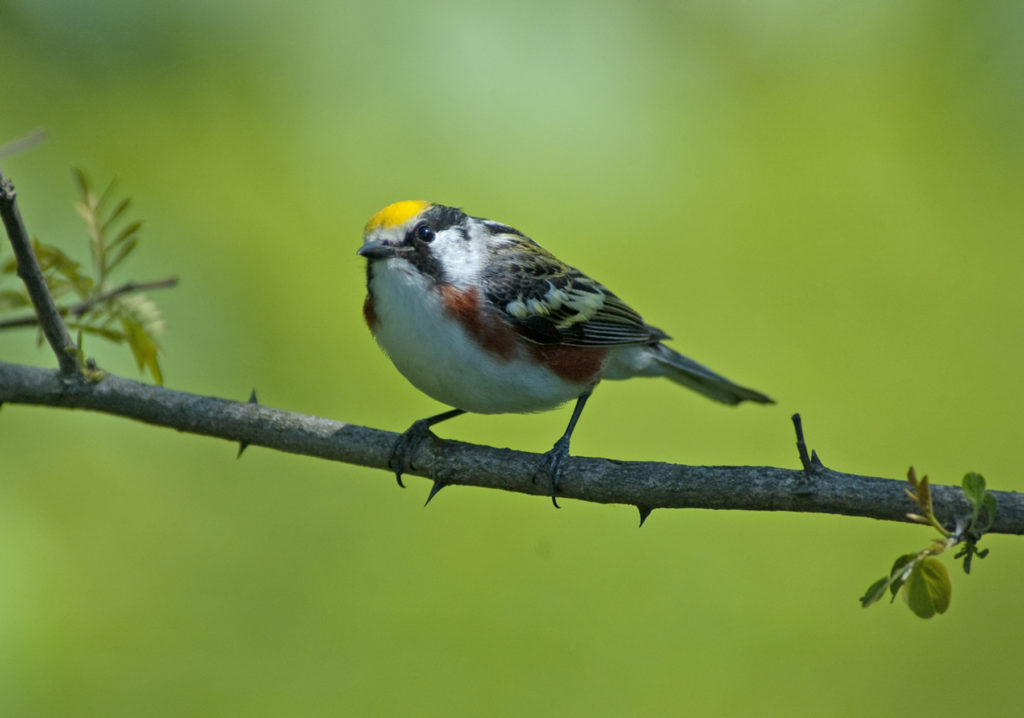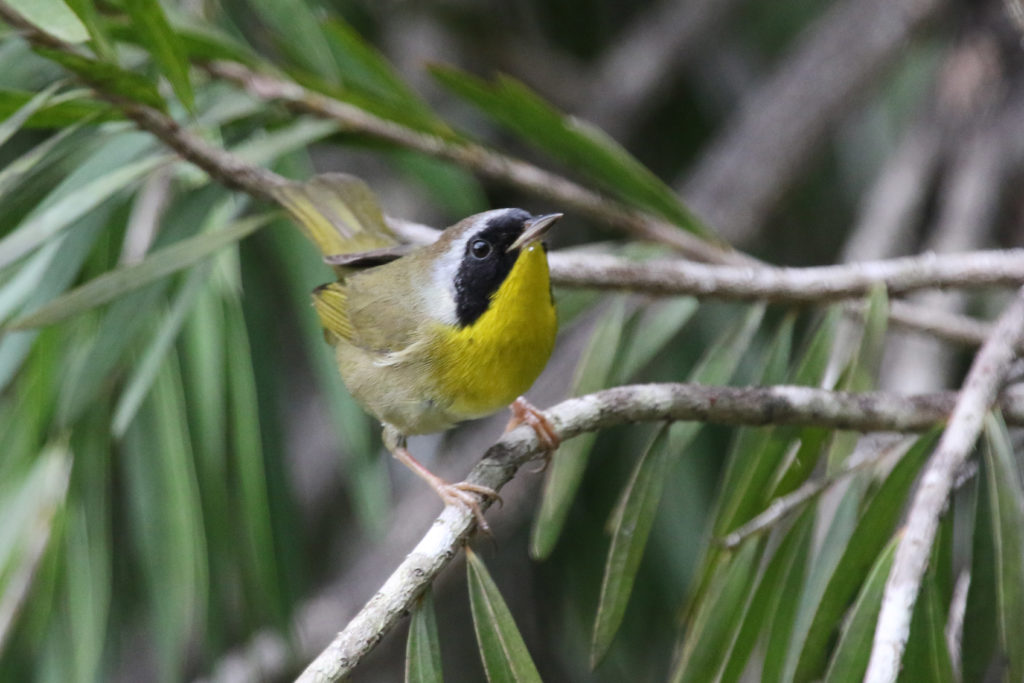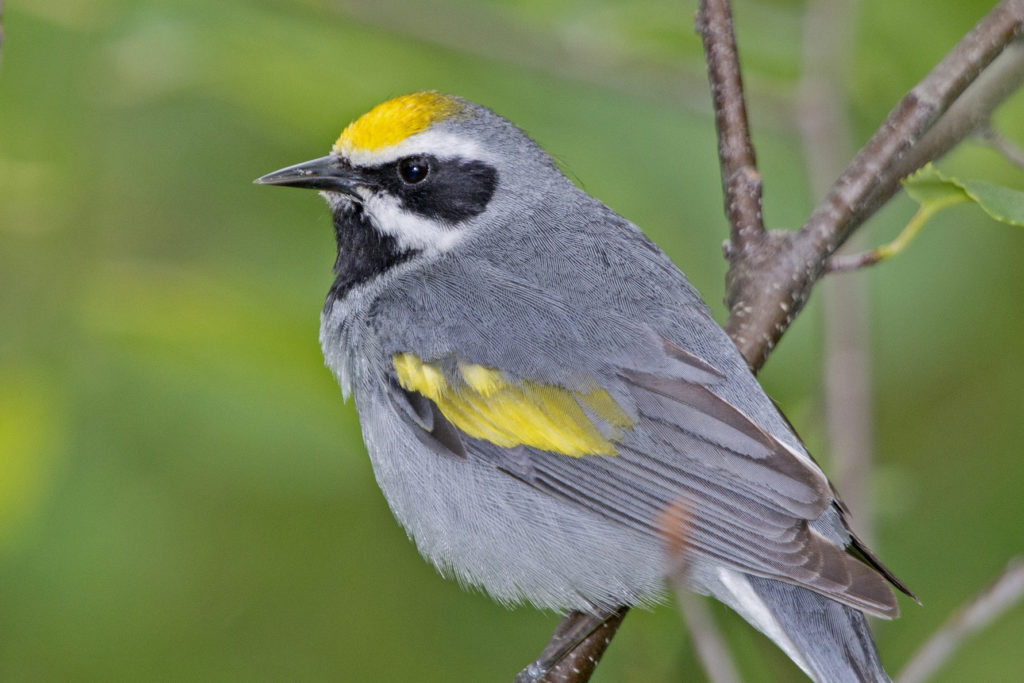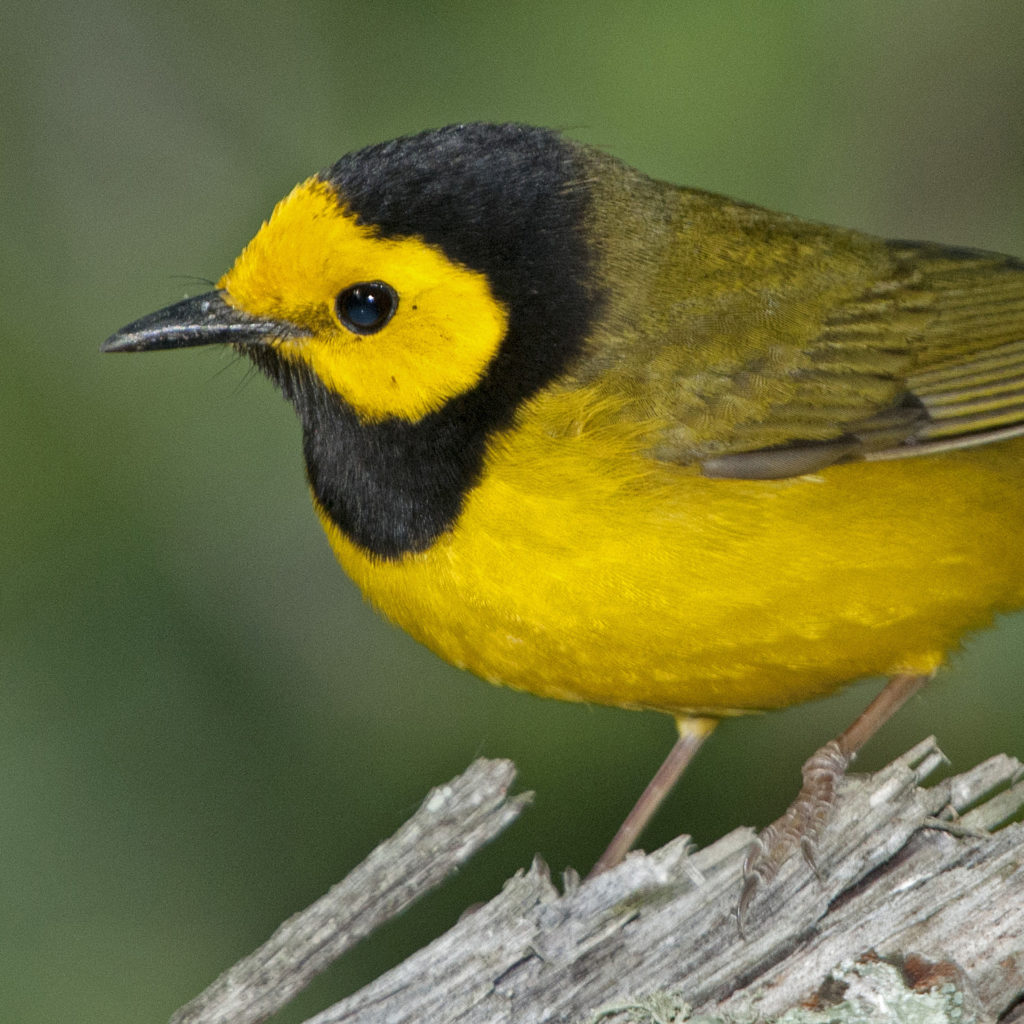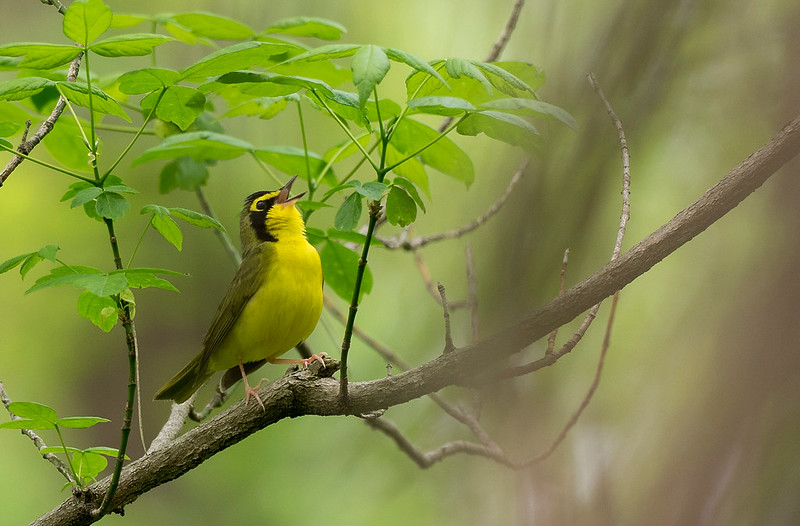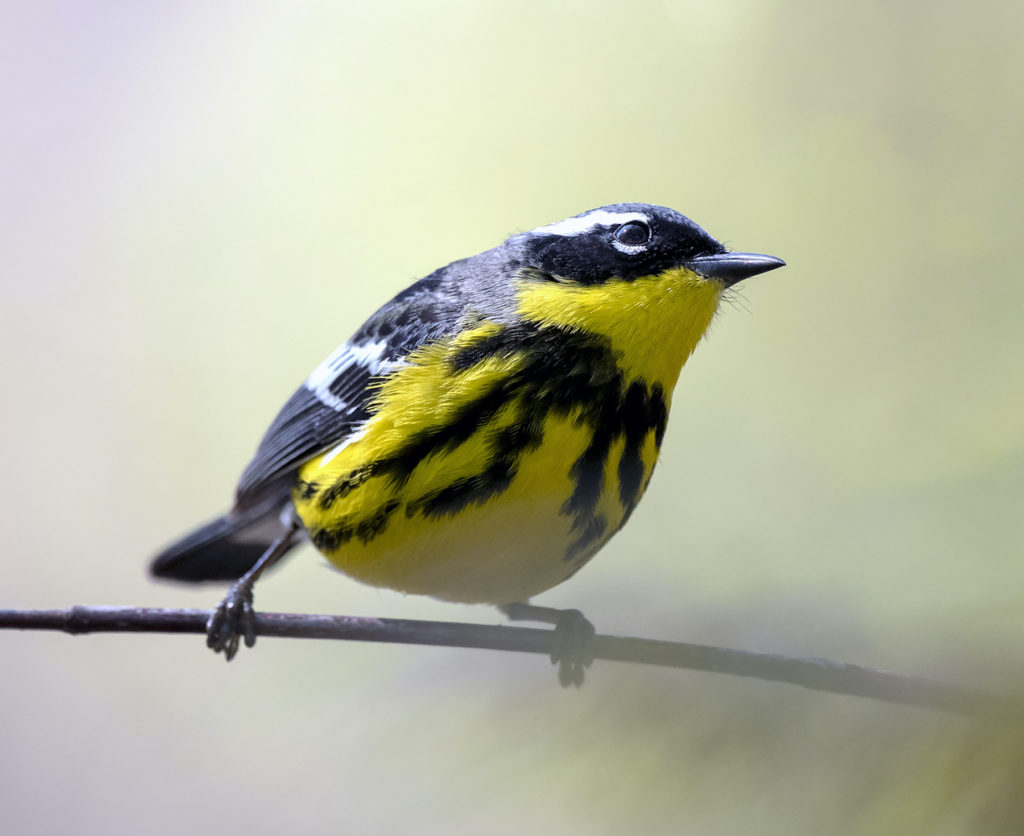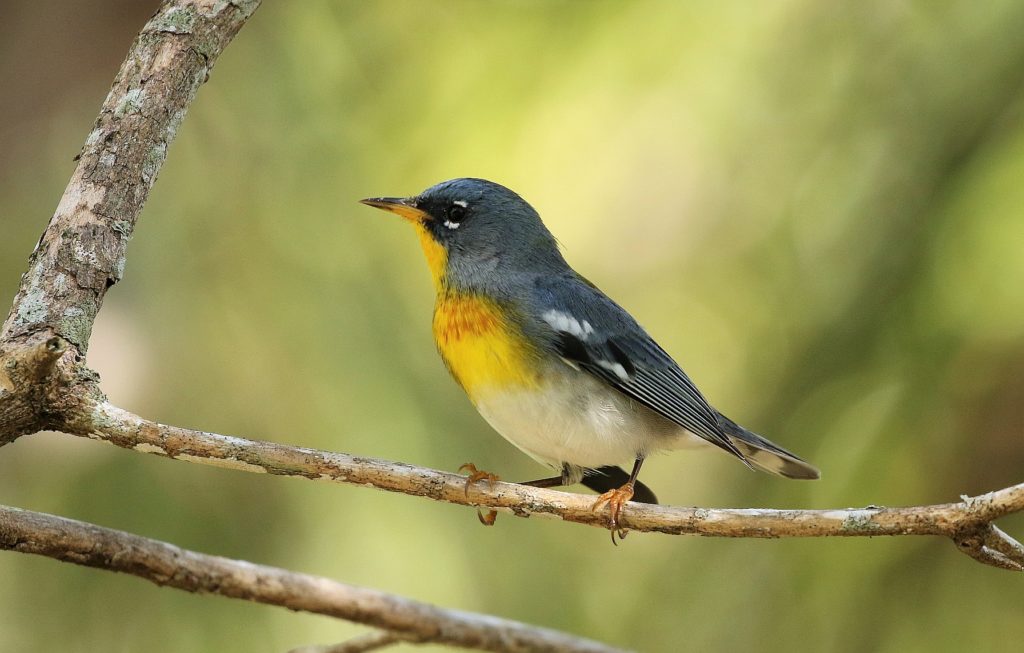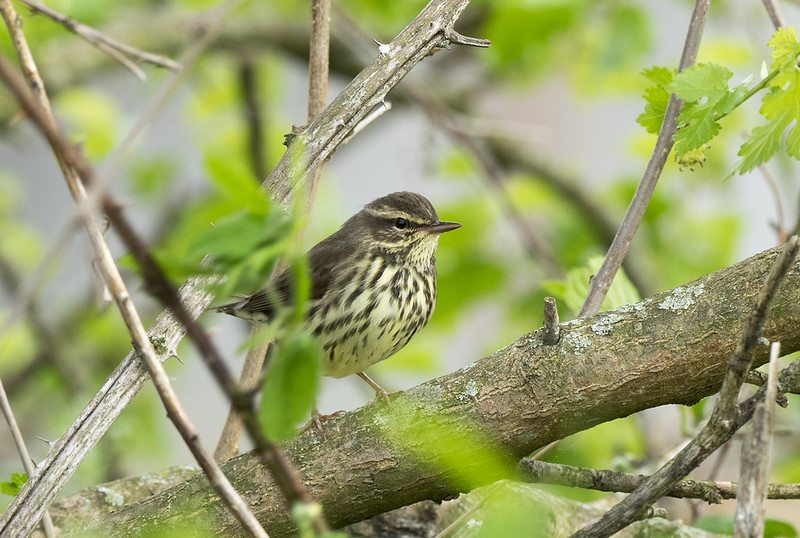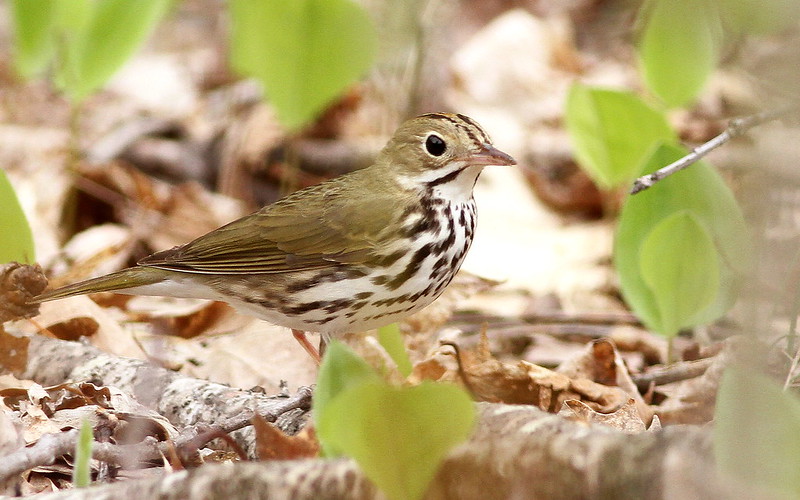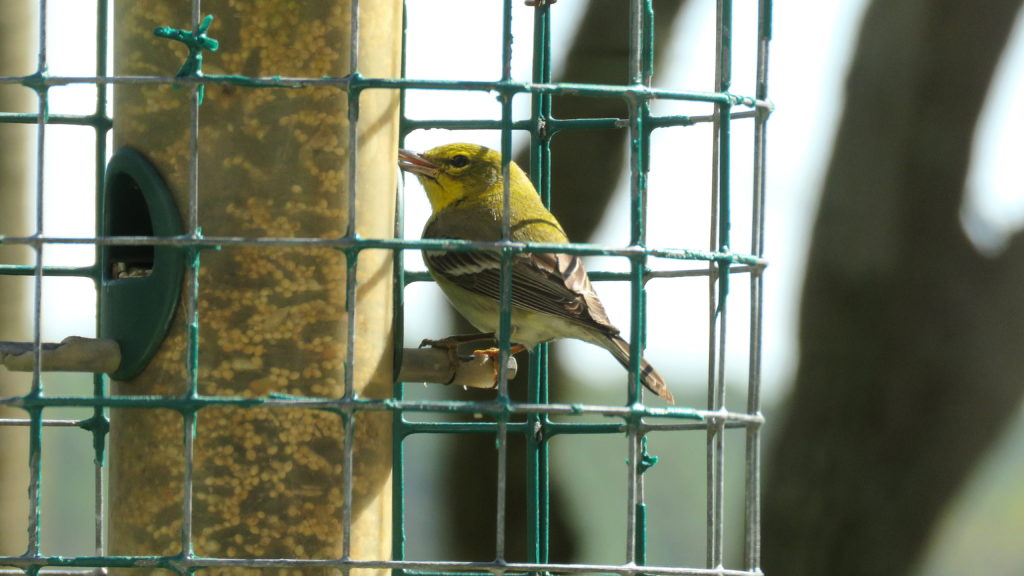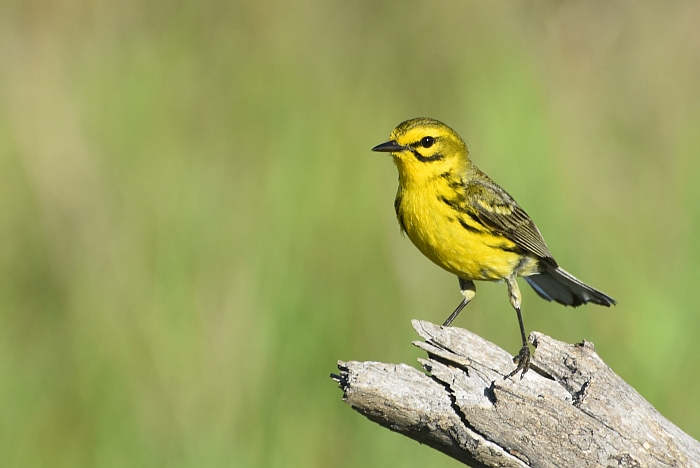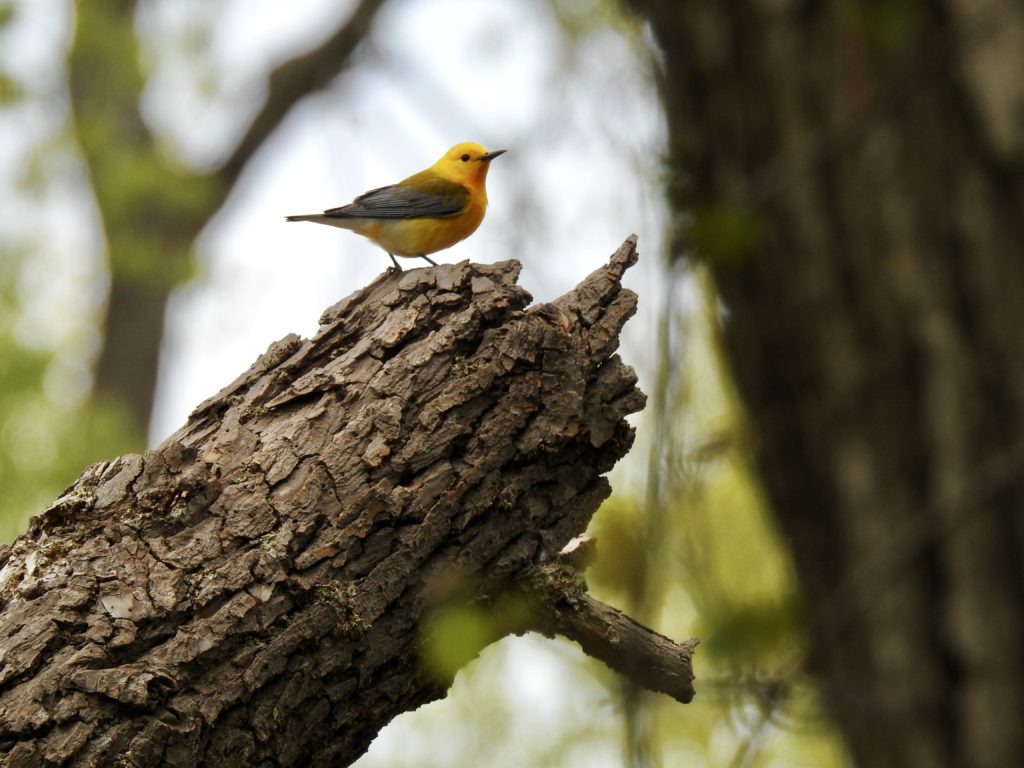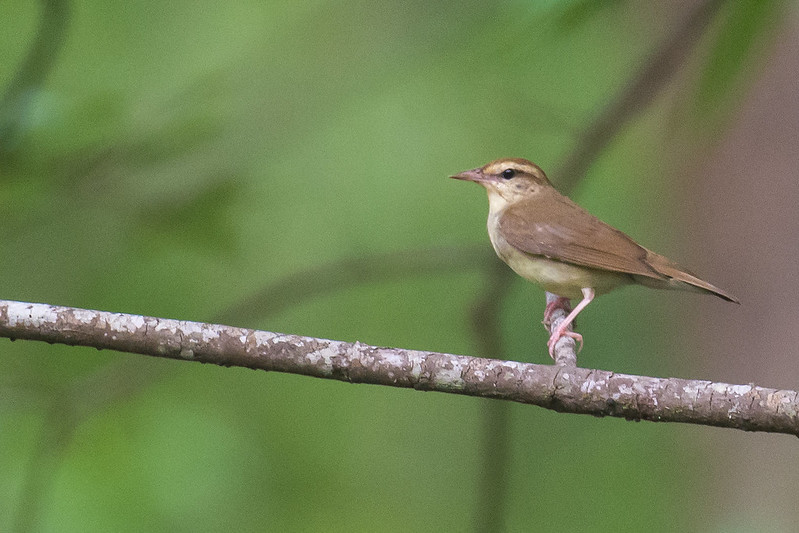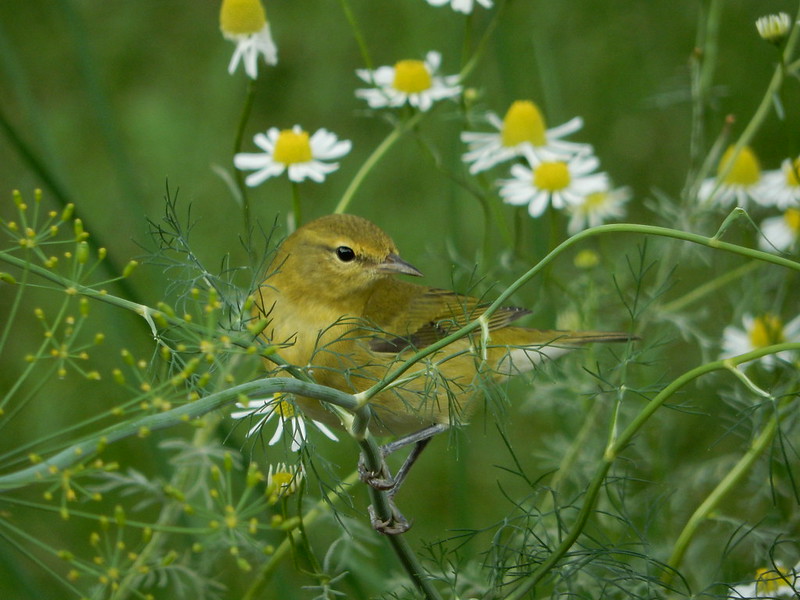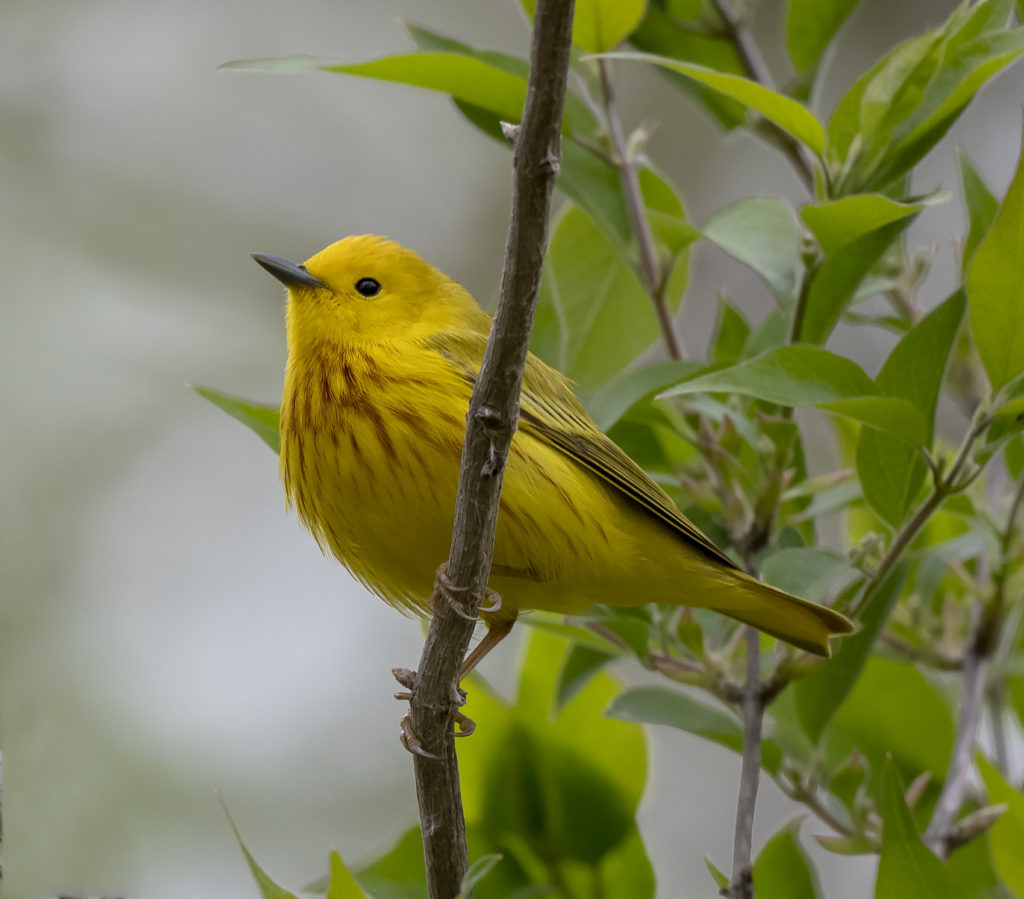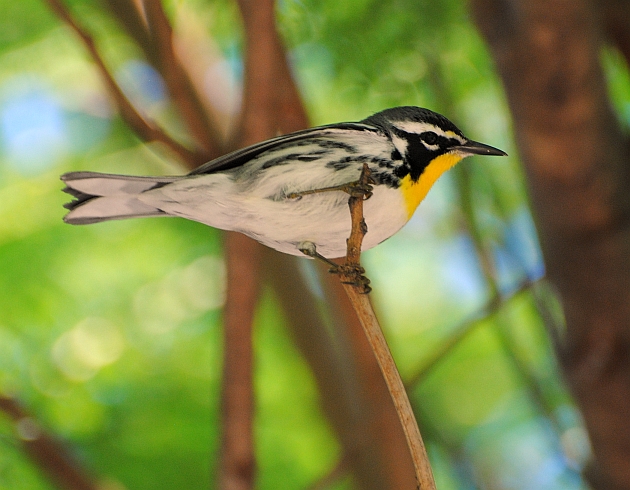World Migratory Bird Day is a global campaign dedicated to introducing the public to migratory birds and ways to conserve them. This year’s goal is to reduce the impact of light pollution on migratory birds. To commemorate this day, here is a list of 5 Naturalist Journeys guided nature tours where you’ll surely find migrating birds.
Maine’s Monhegan Island
September 9 – 16, 2022 & September 17 – 24, 2022
Experience the joy of fall migration from Maine’s beloved Monhegan Island, a natural migration hotspot! Migrating birds flying south can get off track and find themselves at dawn out at sea. Once they correct, the almost two-mile-long island is a magnet, a patch of green where they can land for food and shelter.
This privately-owned island welcomes birders to enjoy its 350 acres of trails protected by a local conservation organization.
Notable Species: American Redstart, Northern Parula, Swainson’s Thrush, and over 25 species of warbler!
South Texas: Fall Migration!
October 9 – 16, 2022
As one of the greatest birding destinations in the United States, South Texas boasts over two dozen tropical bird species that spill across the border. During our October tour, we arrive at the height of the fall migration of raptors and other neotropical species.
Notable Species: Scissor-tailed Flycatcher, Buff-bellied Hummingbird, Harris’ Hawk, Hooded Warbler
Portugal: Fabulous Birding & Culture
October 12 – 24, 2022
Fall migration in Portugal runs from August into early November and our timing on this birding tour is perfect for arriving waders, waterbirds, and raptors. Enjoy refreshing temperatures, stunning cultural sites, delicious meals, and a wide array of coastal species.
Algarve, Portugal is a notable stop on this trip and is a region rich in protected wetland areas and migrating birds. and is situated on a major fly-way for migrants from Africa. Birding stops here will include the complex network of canals, saline flats and salt pans of the Castro Marim Nature Reserve and the Tavira area of Ria Formosa Natural Park.
Notable Species: Black Stork, Griffin Vulture, Spotted Flycatcher, Great-spotted Cuckoo
Veracruz, Mexico: River of Raptors & More
October 15 – 26, 2022
Our exciting Mexico birding tour to Veracruz, known as the migration crossroads of the Americas, explores the intersection of diverse biological realms, and sites of historical encounters between peoples of the old and new worlds. Not only will you get the chance to explore the world-renowned Veracruz River of Raptors, the largest hawk migration site on the planet, but you’ll find yourself at a major migration pathway for passerines, butterflies, and dragonflies.
Each fall, Veracruz hosts 4-6 million migrating raptors on their way to their winter dwellings. This includes 200,000 Mississippi Kites, which is nearly the entire world population!
Notable Species: Broad-winged Hawk, Mississippi Kite, Cooper’s Hawk, Black Vulture
Platte River Cranes
March 12 – 18, 2023 & March 19 – 25, 2023
Each year, half a million Sandhill Cranes descend upon Nebraska’s Platte River. By March, nearly 80% of the world’s population crowds a 150-mile stretch of the river, creating a migration spectacle that is simply mind-boggling to witness. This is the largest gathering of cranes anywhere in the world!
As the state of Nebraska proudly claims, “Some people regard Nebraska as a place you cross on the way to a more interesting place. About a million sandhill cranes disagree.”
Notable Species: Sandhill Crane, Snow Goose, Bufflehead (Winter Resident), Northern Shoveler (Winter Resident)
To find out more about WMBD’s mission and how you can positively influence the lives of thousands of migratinging birds, visit their website:

